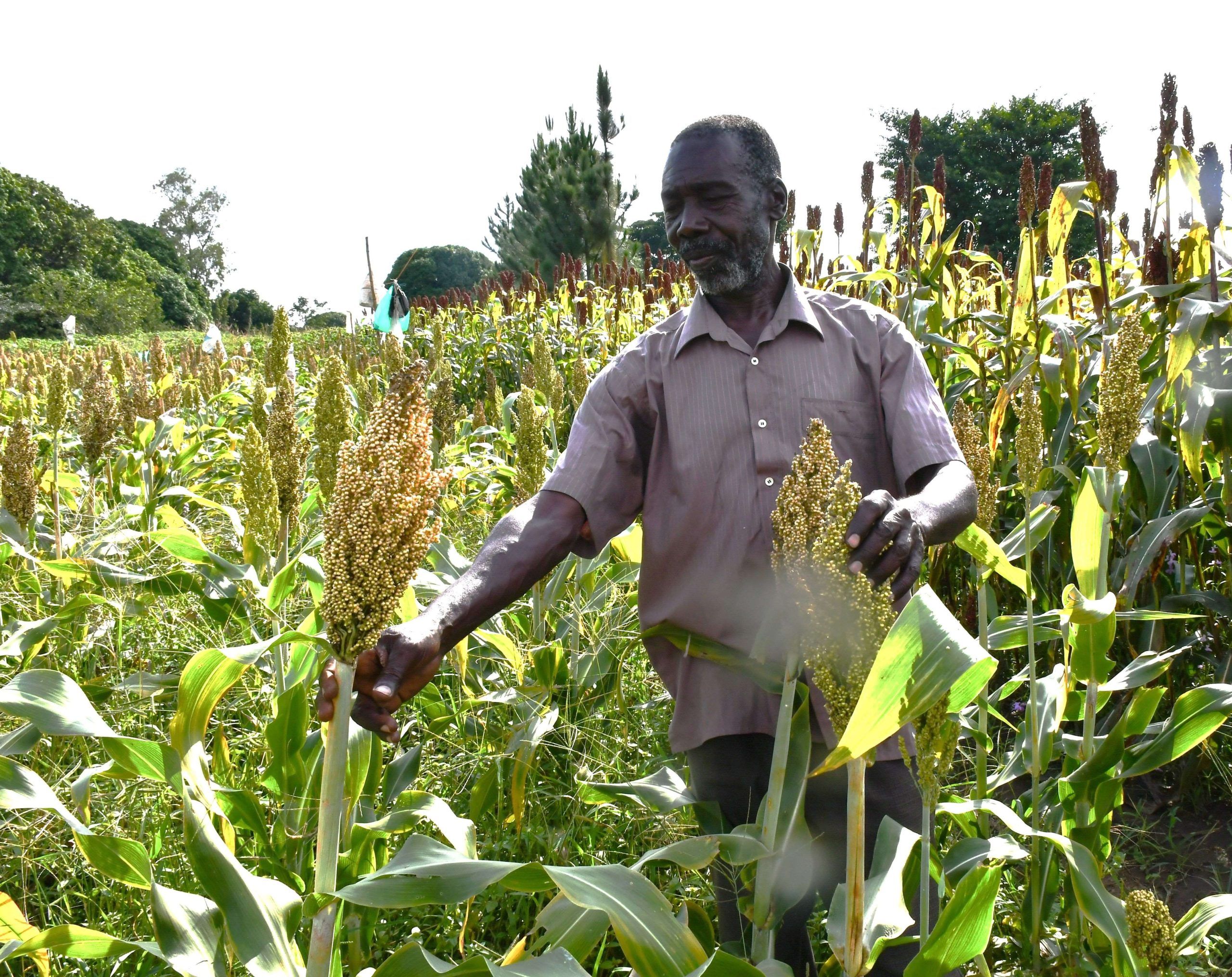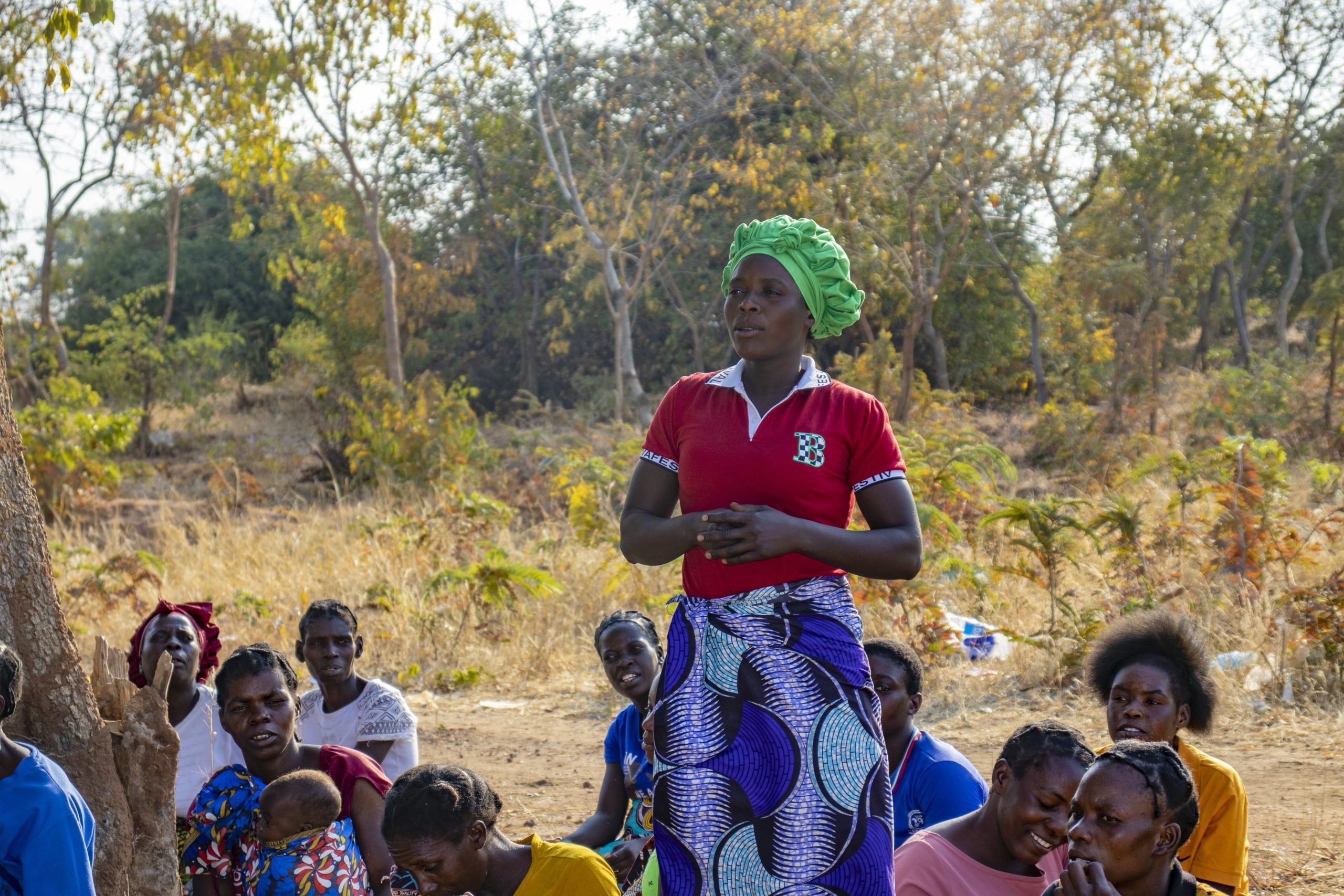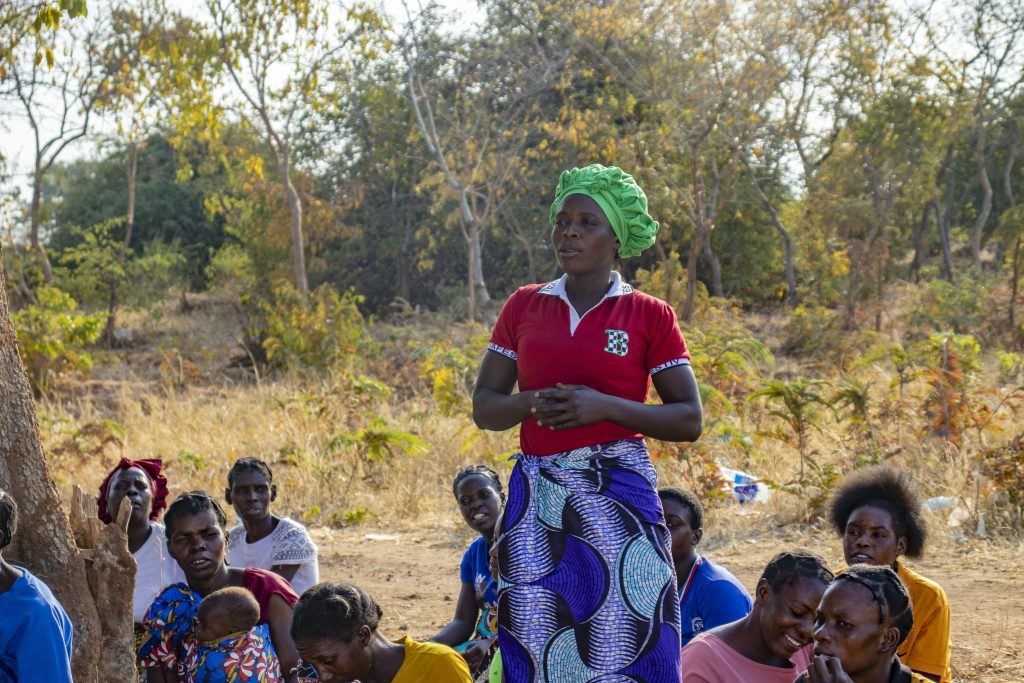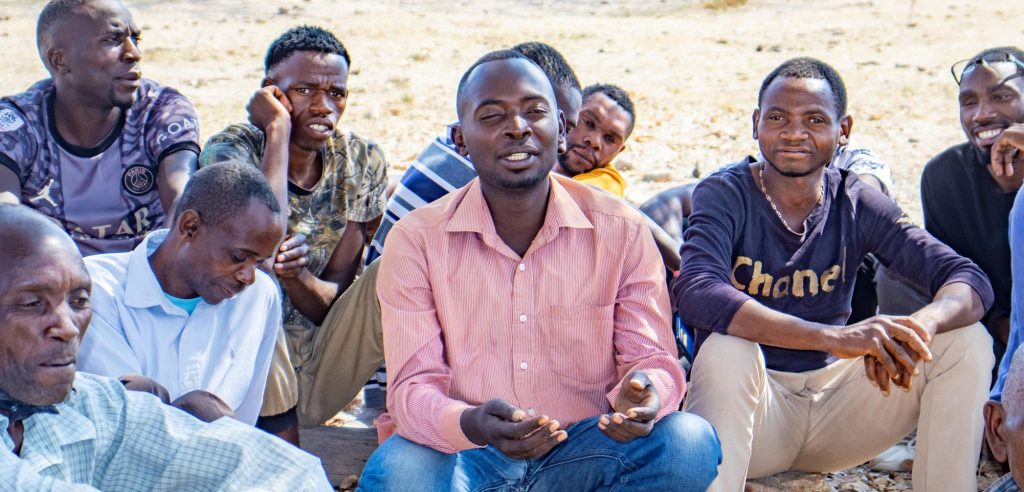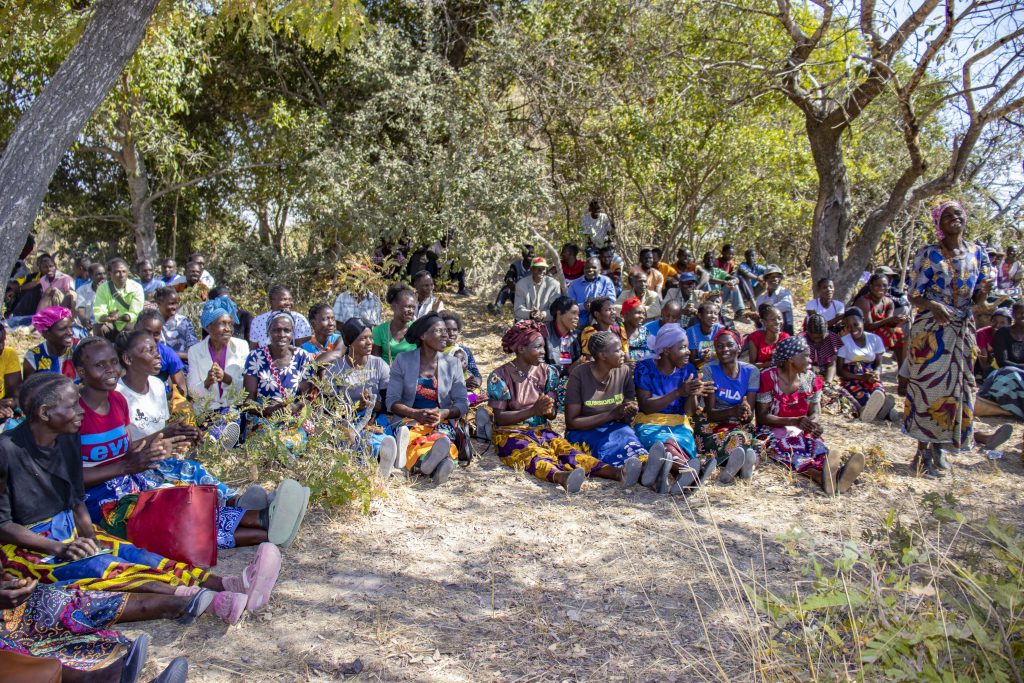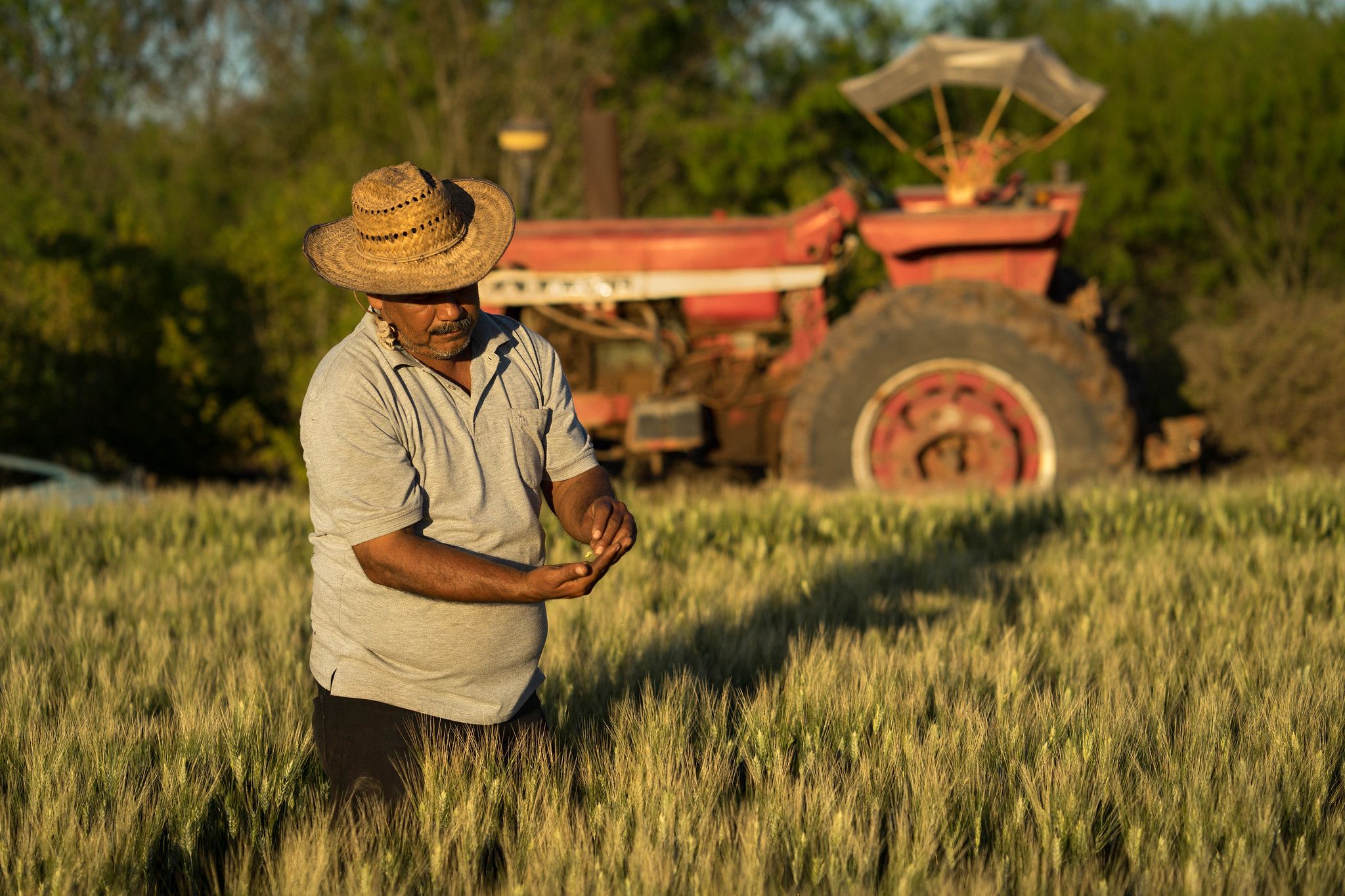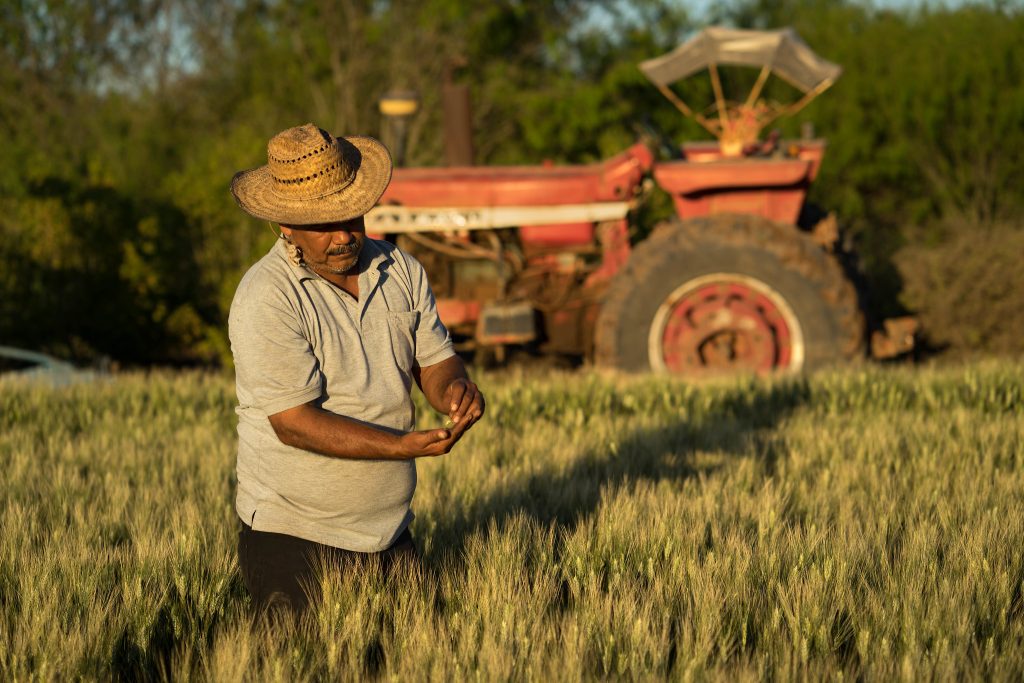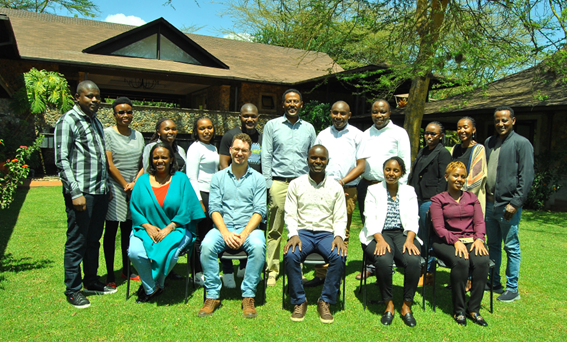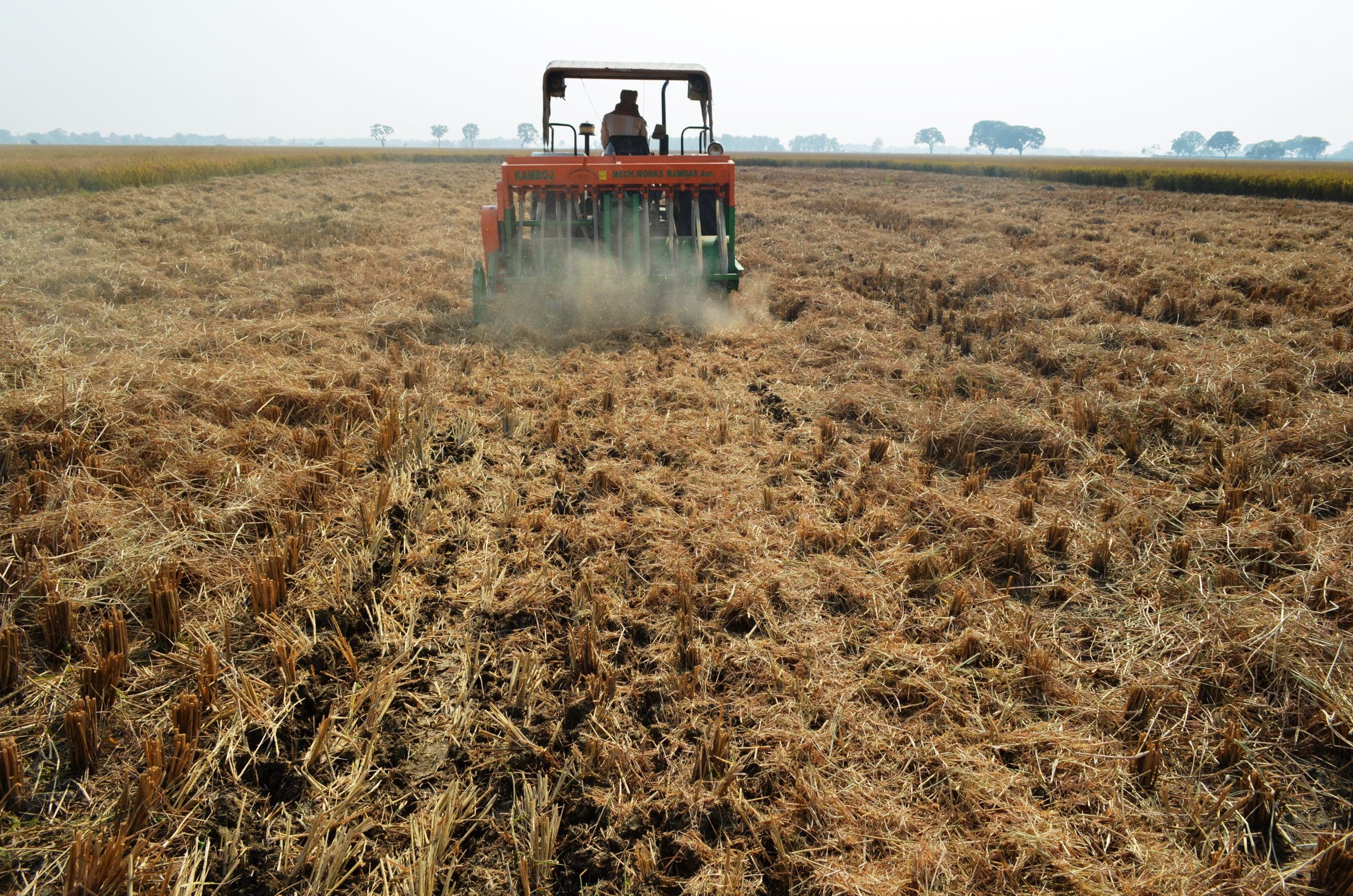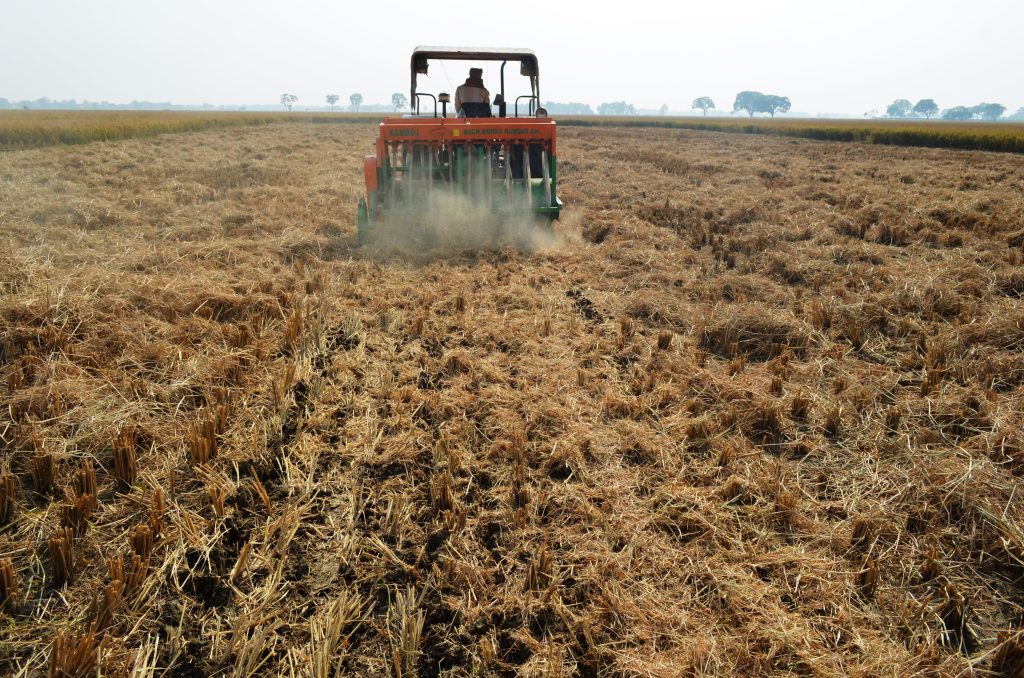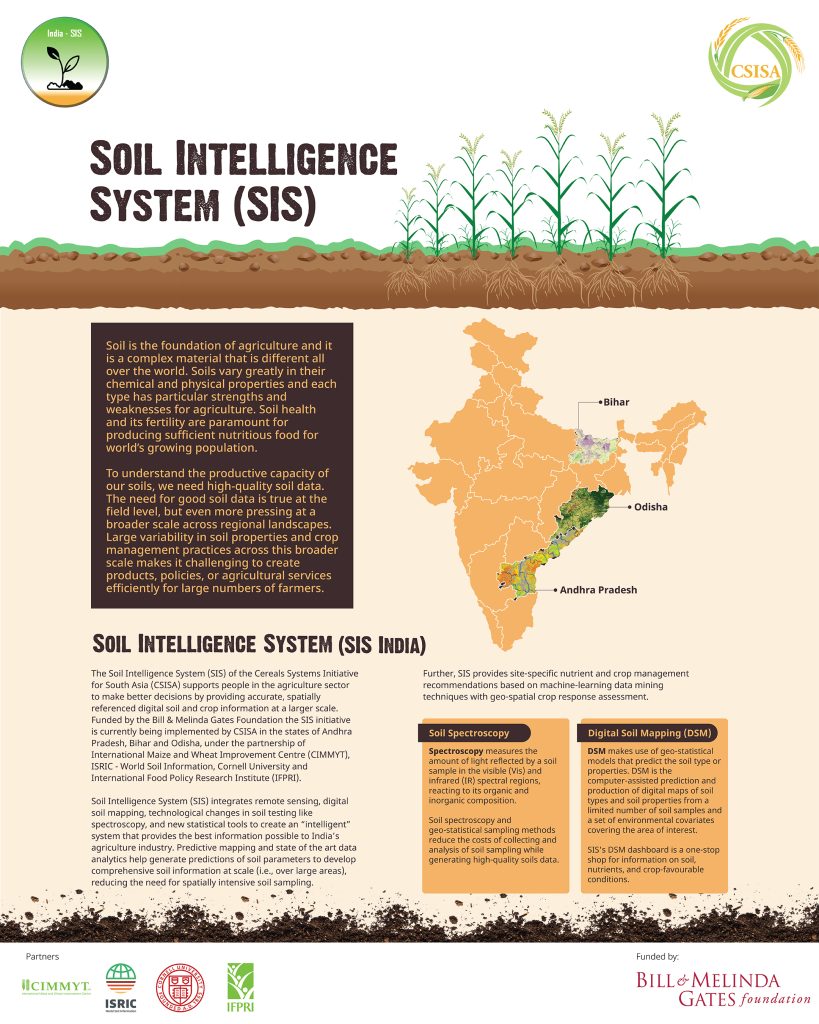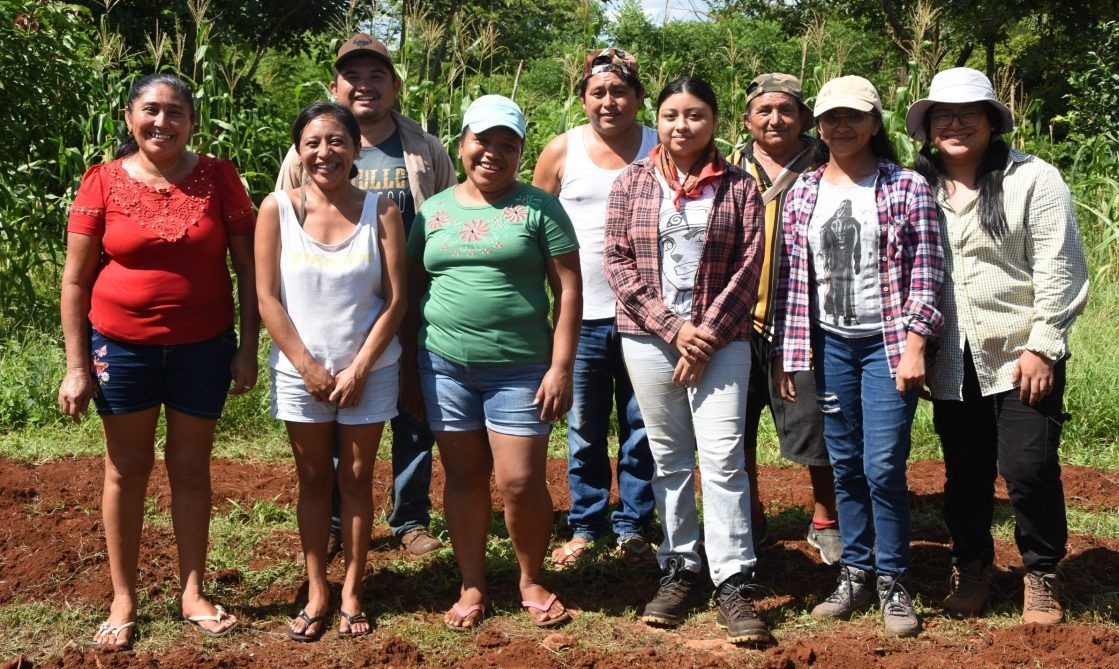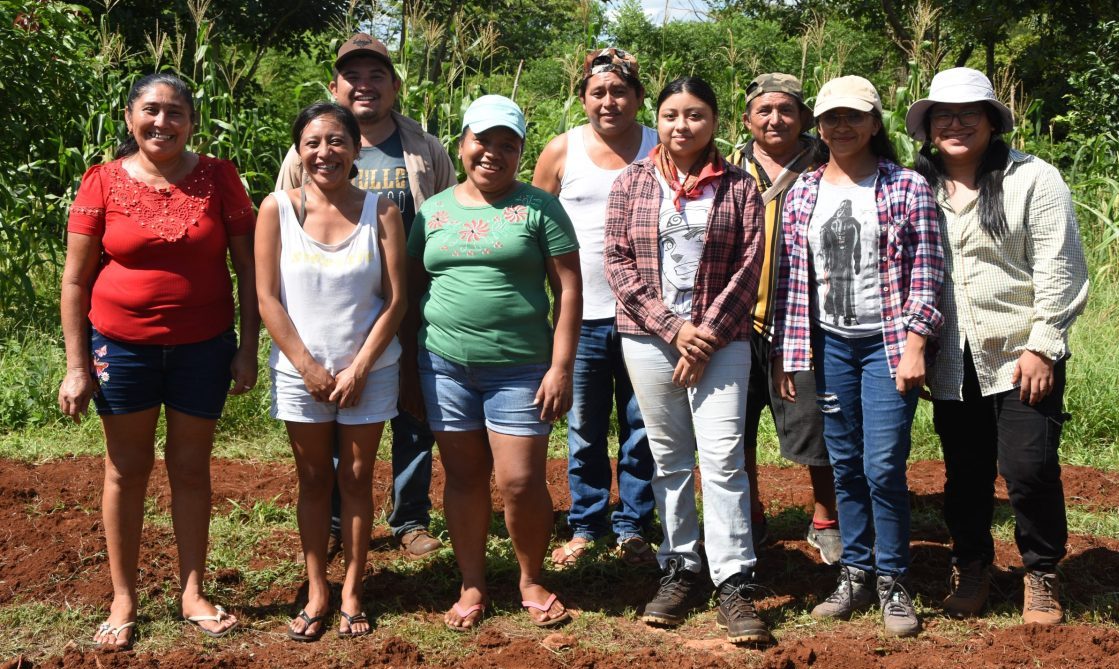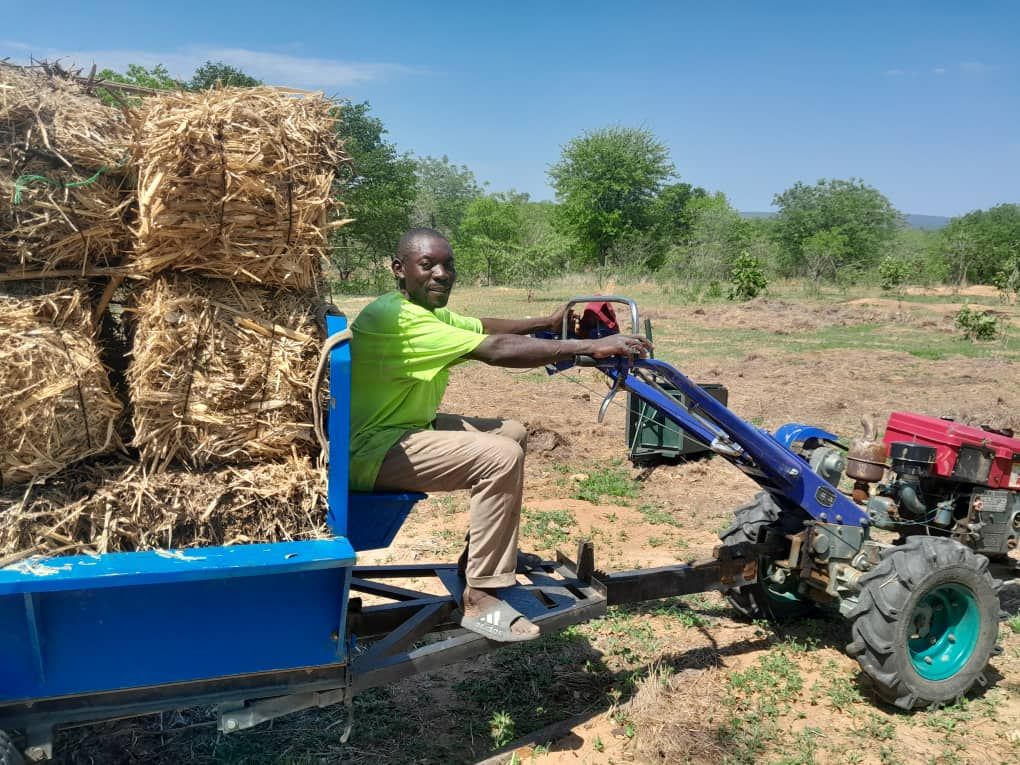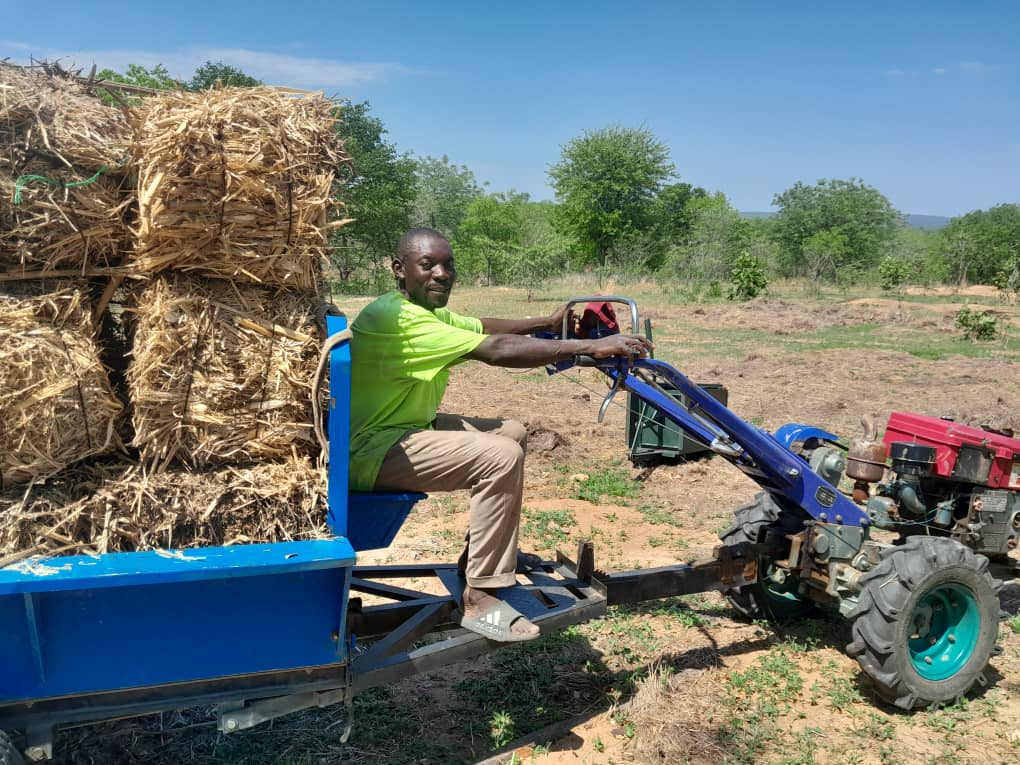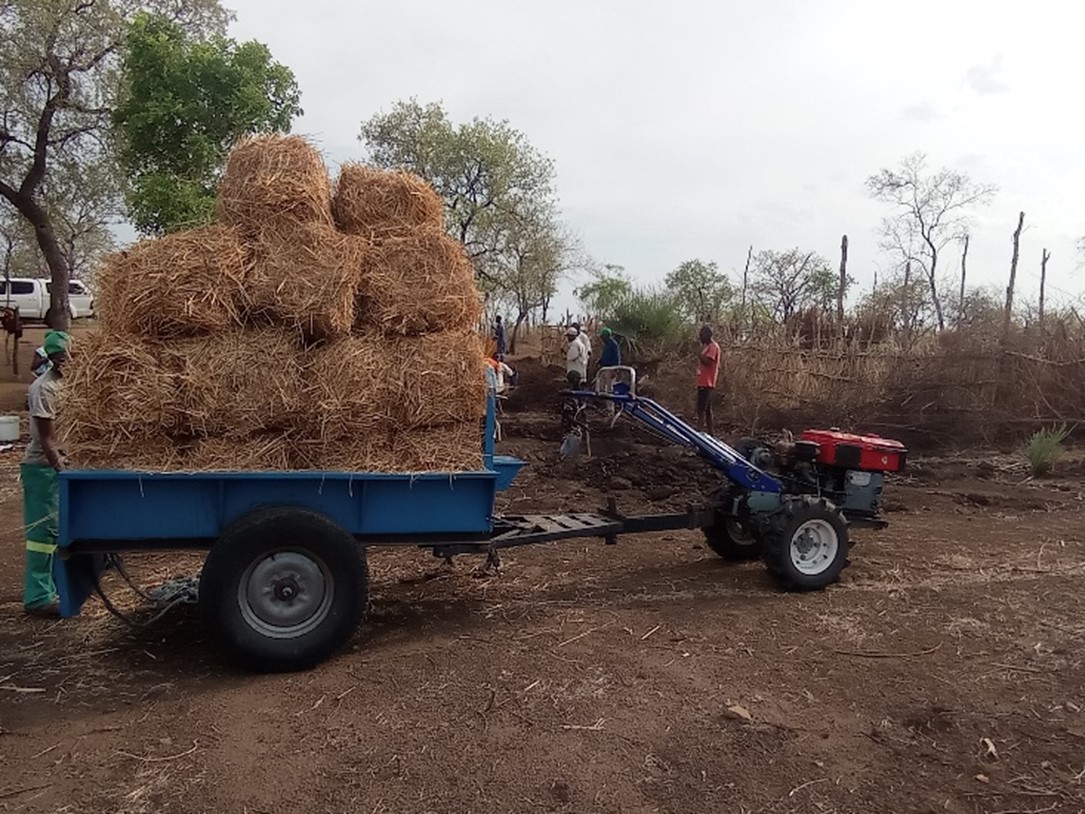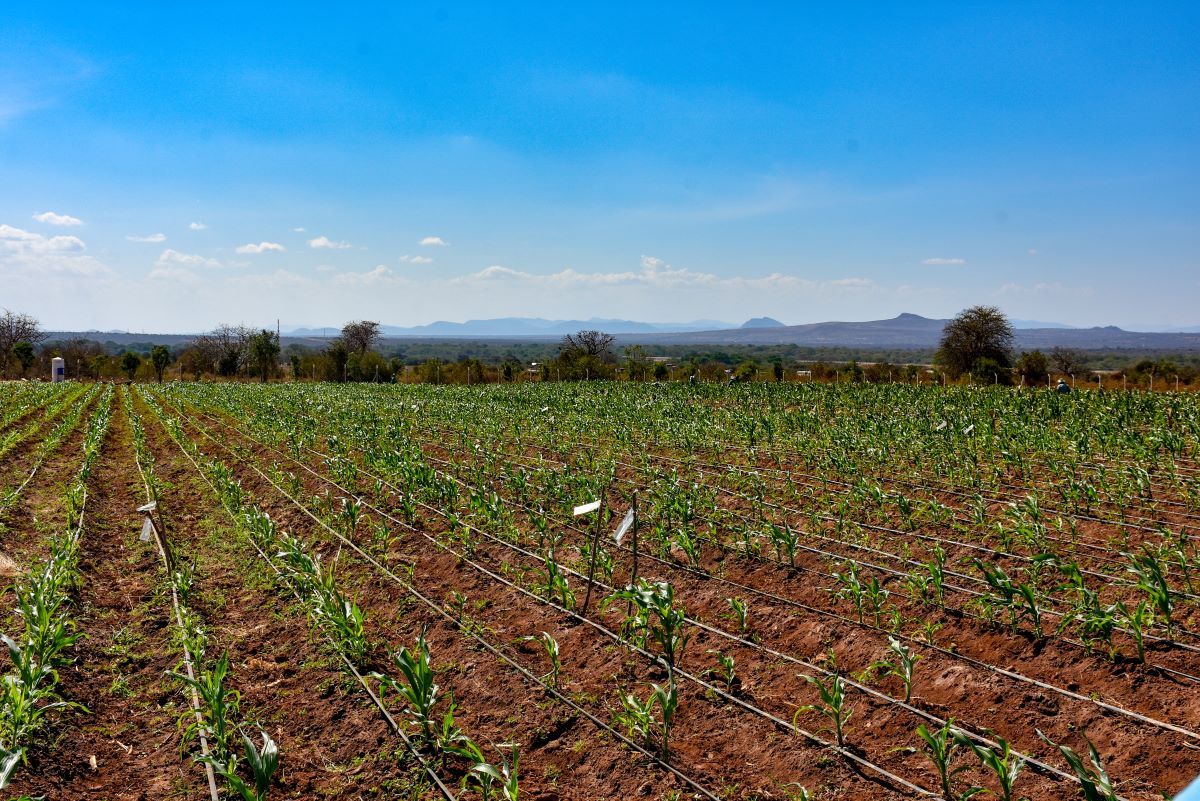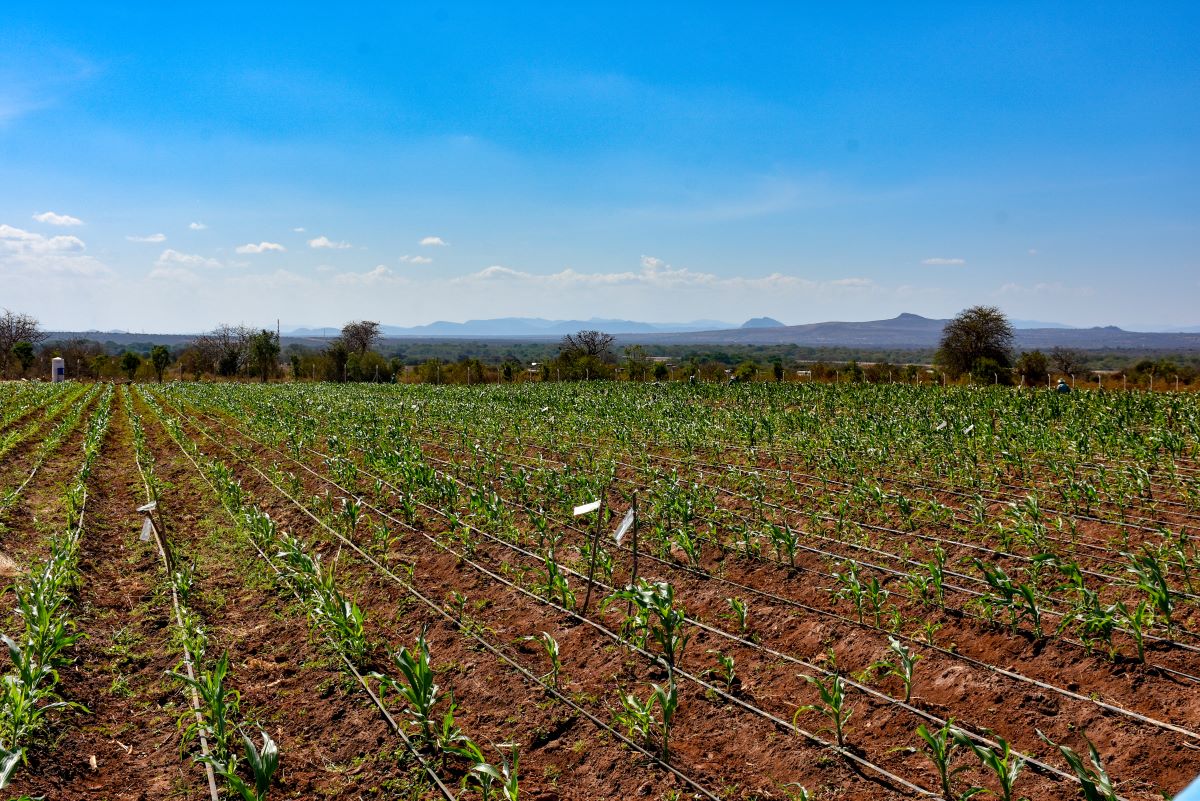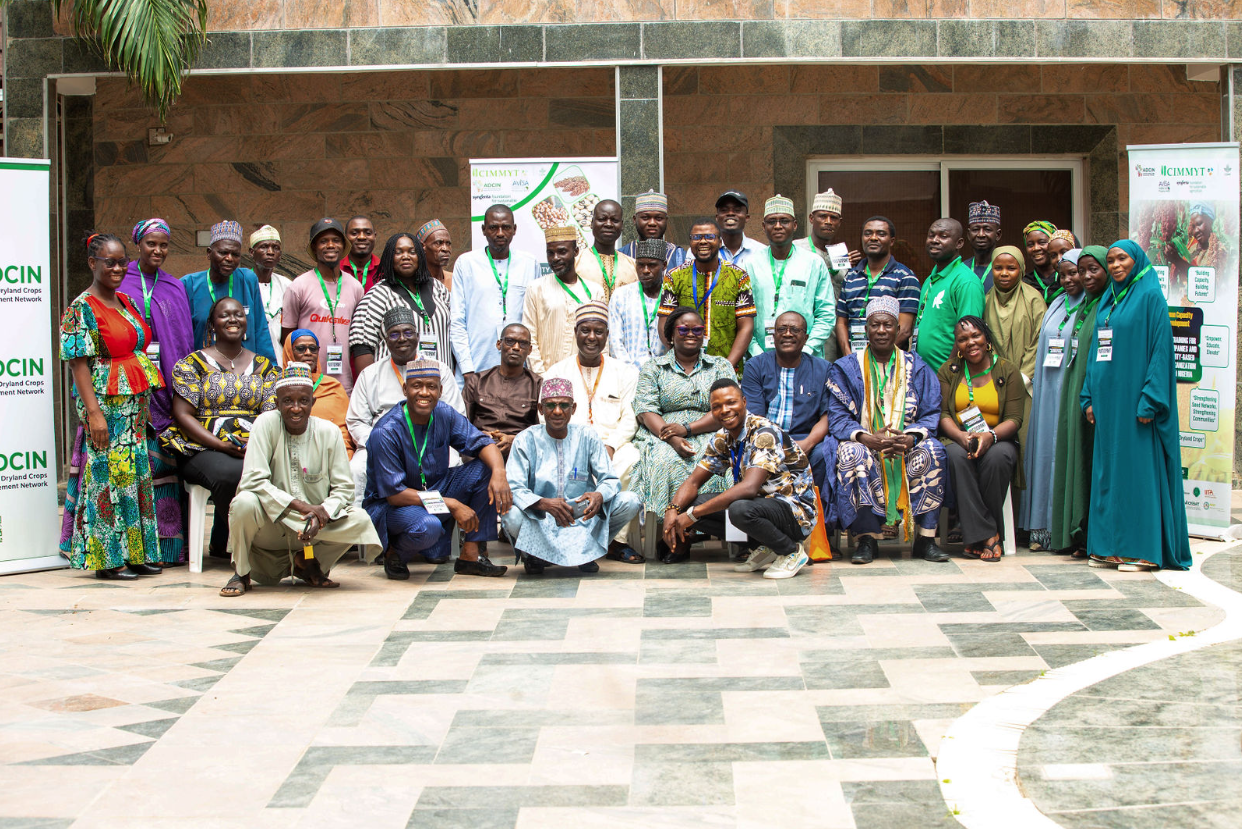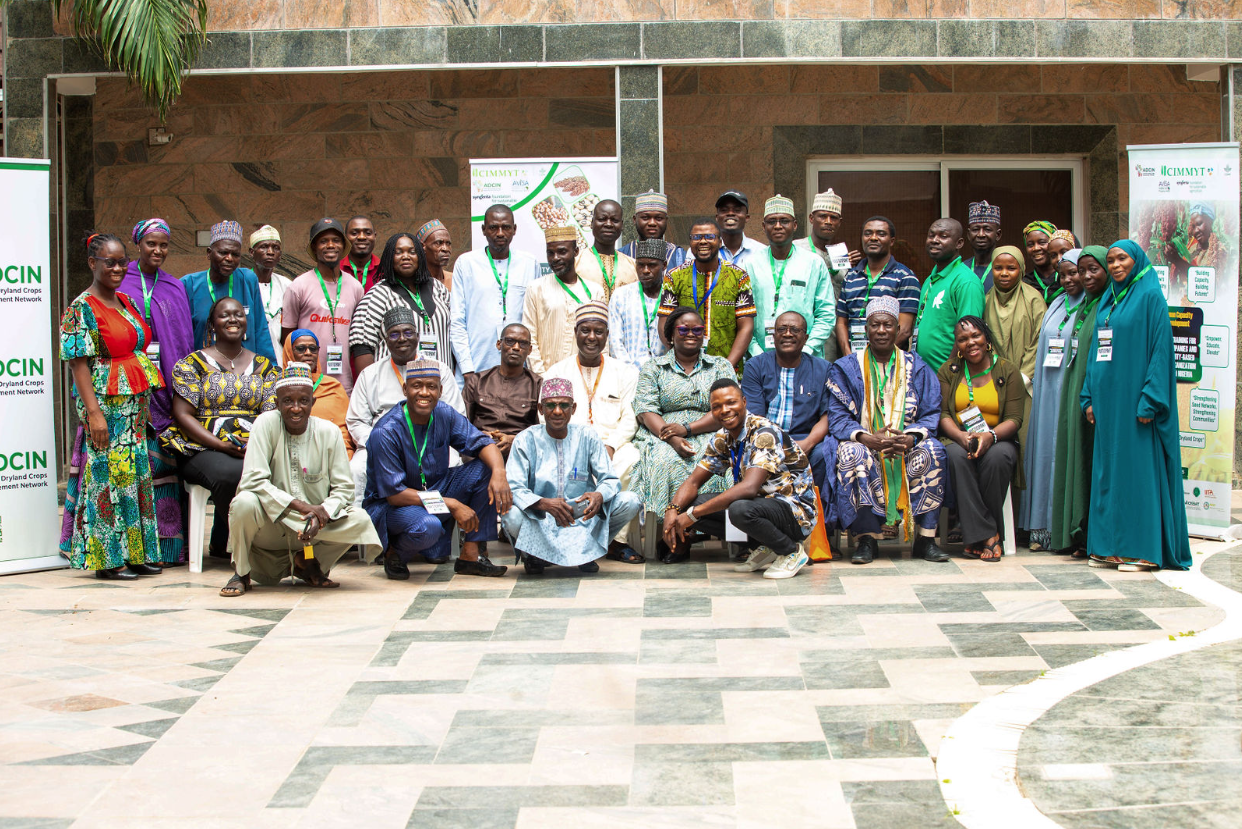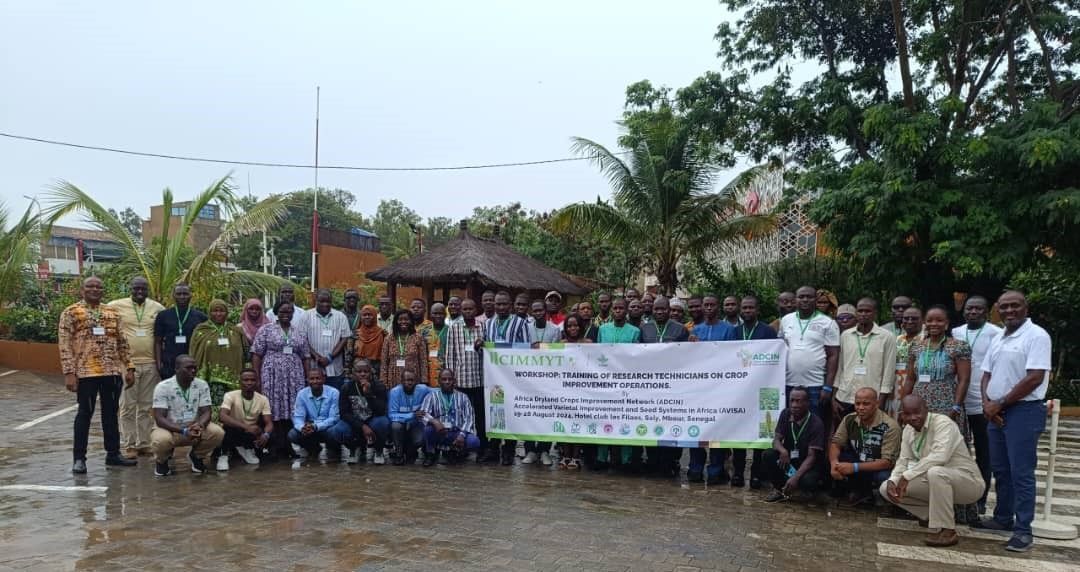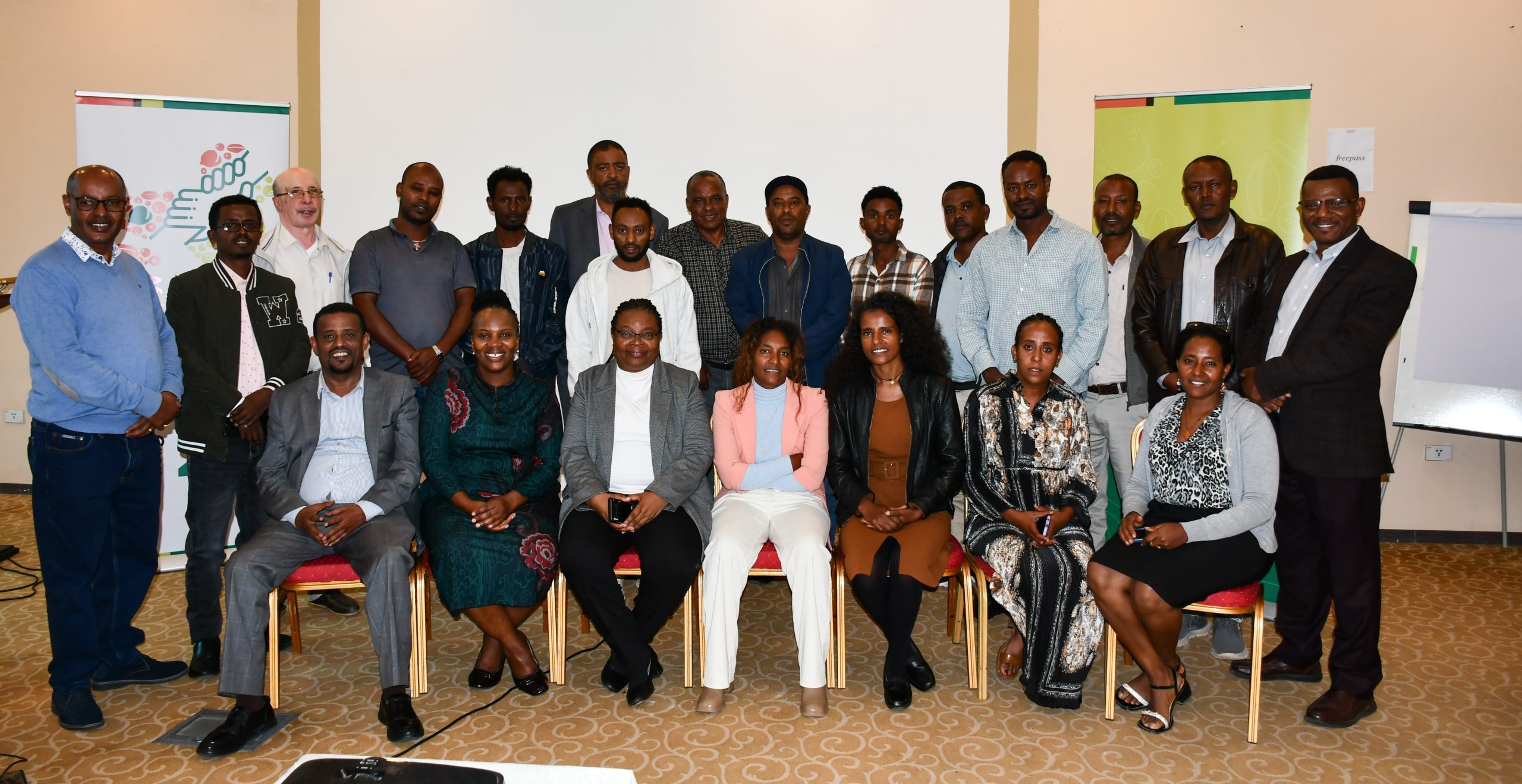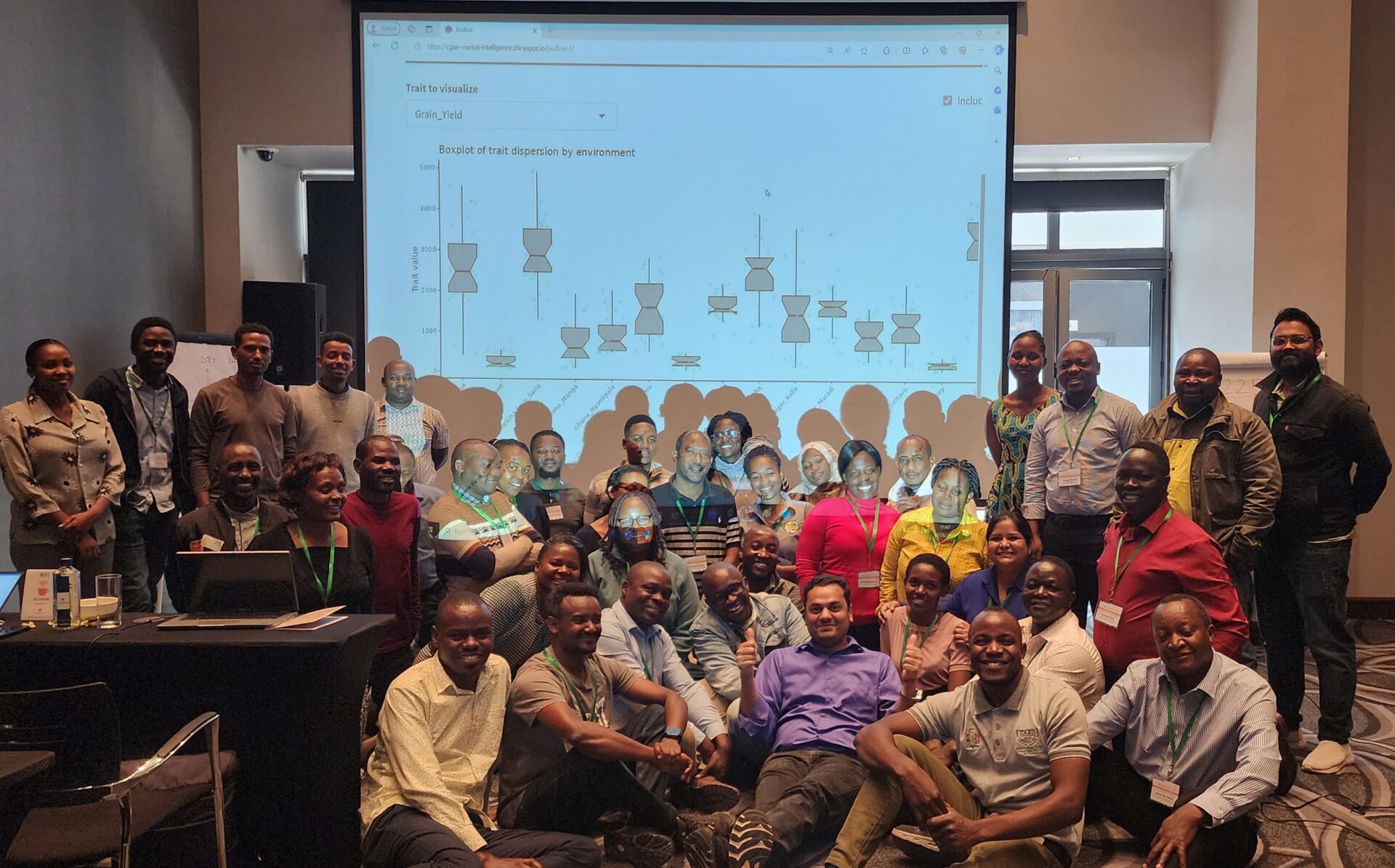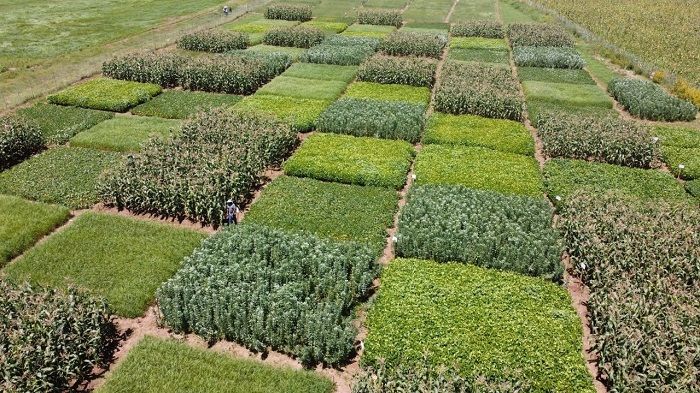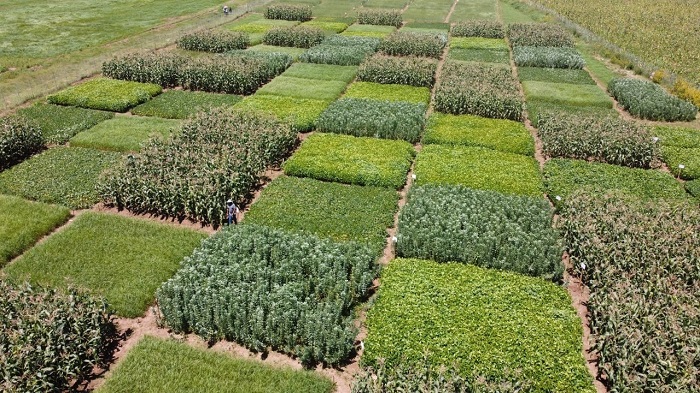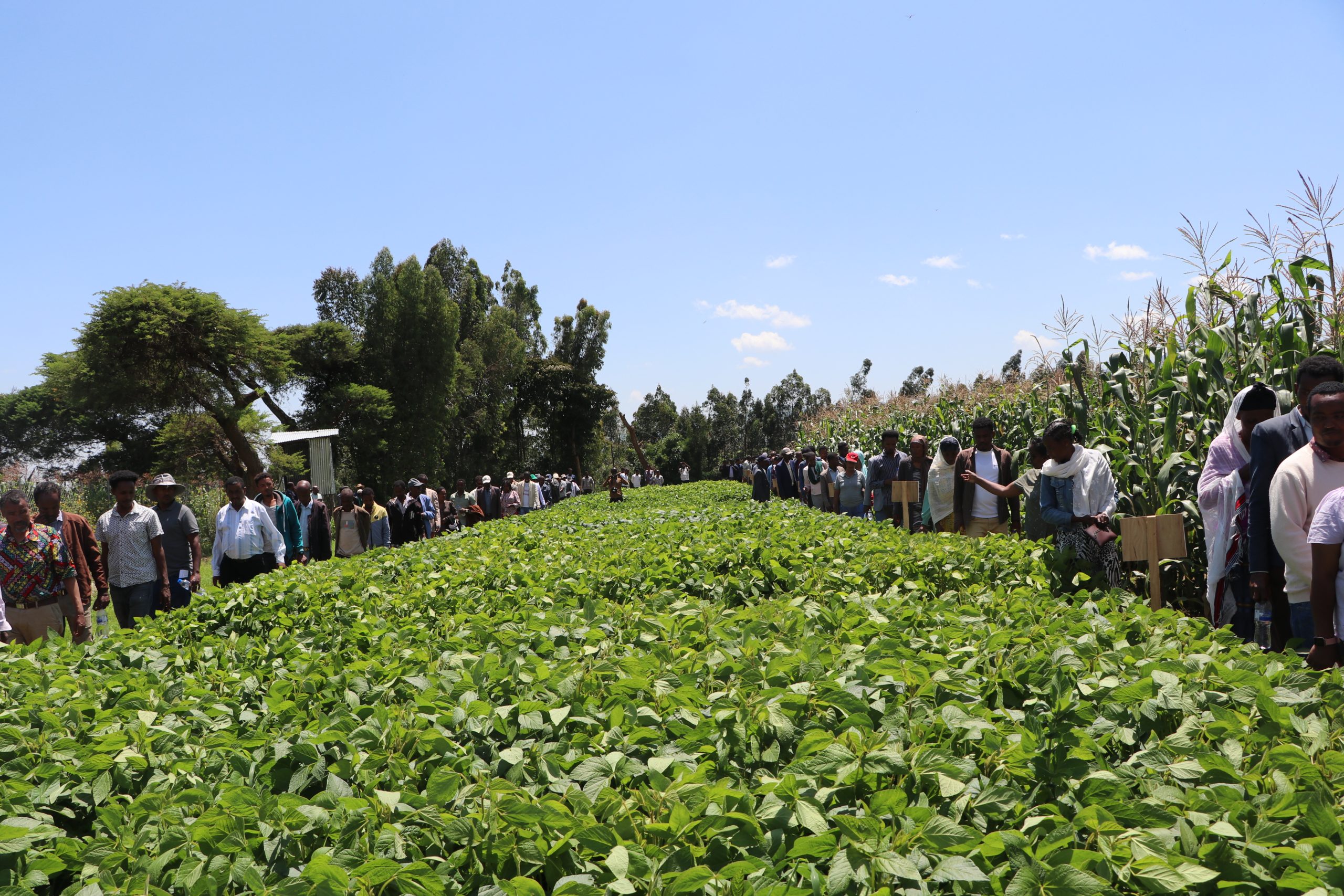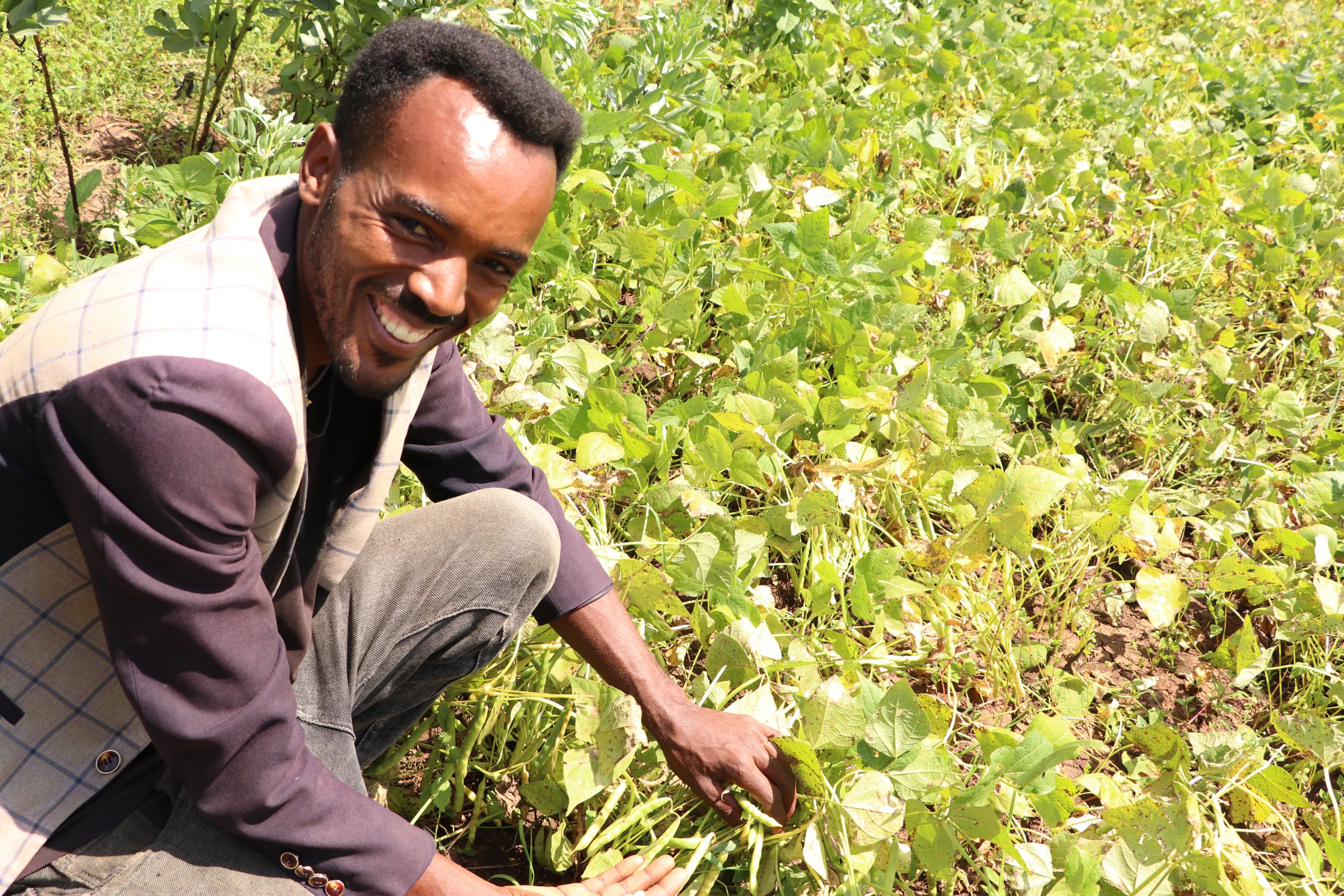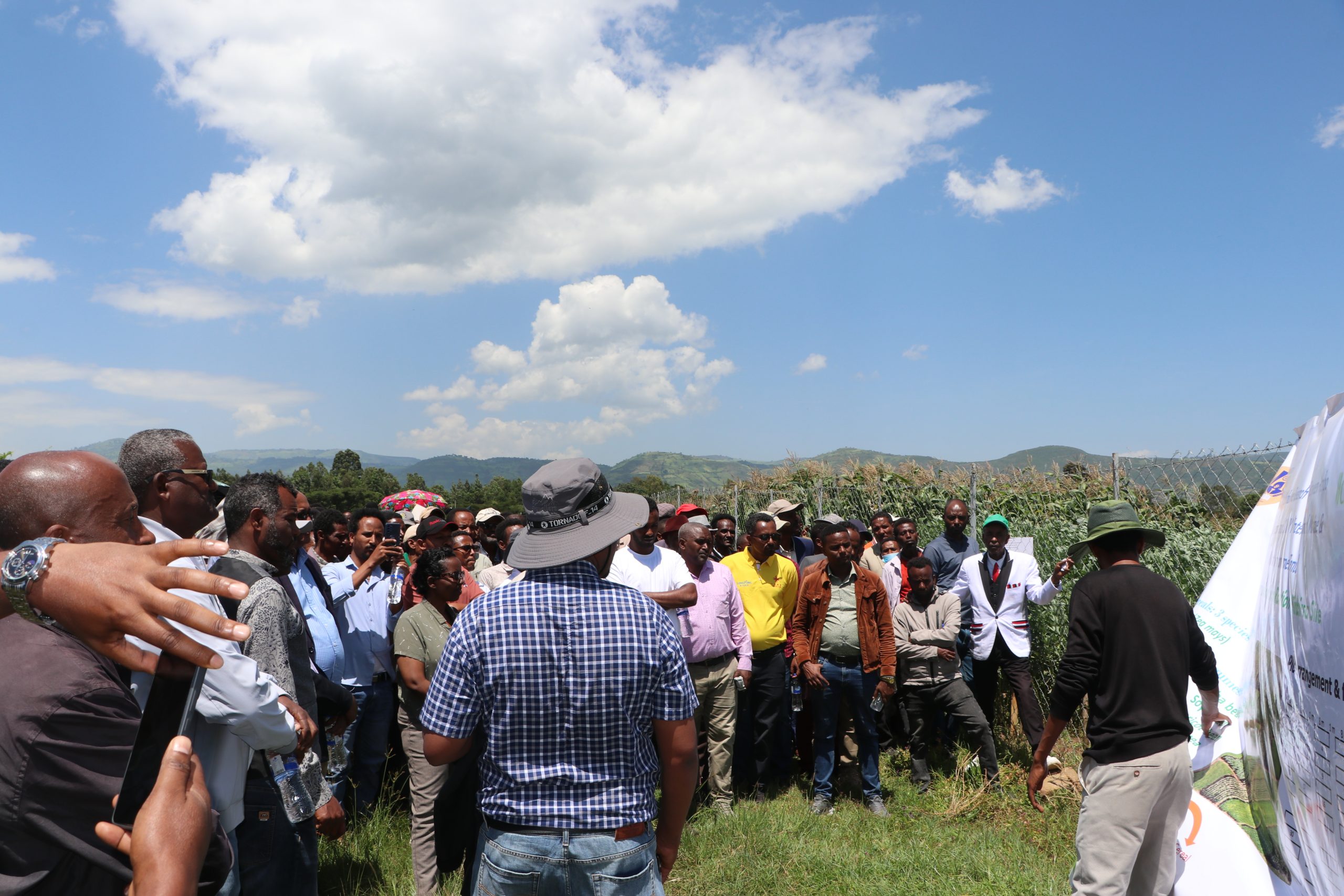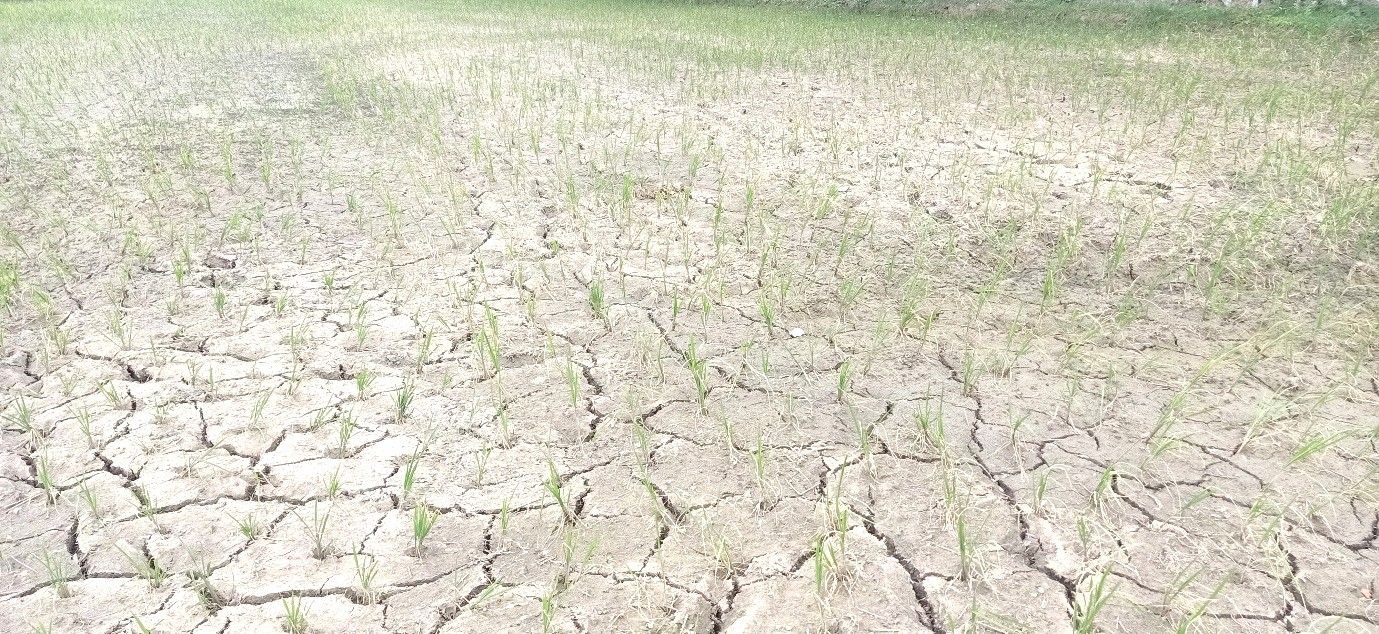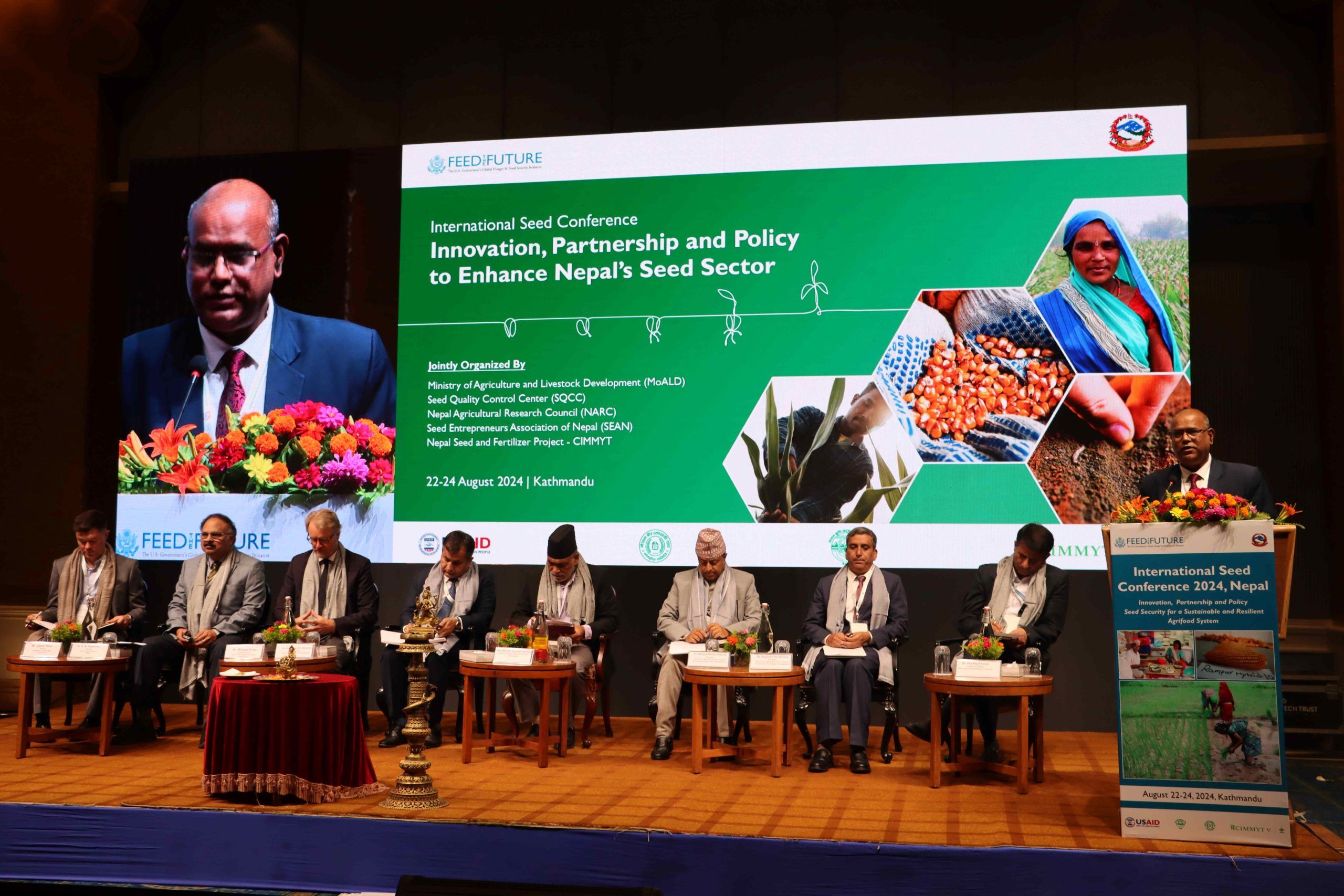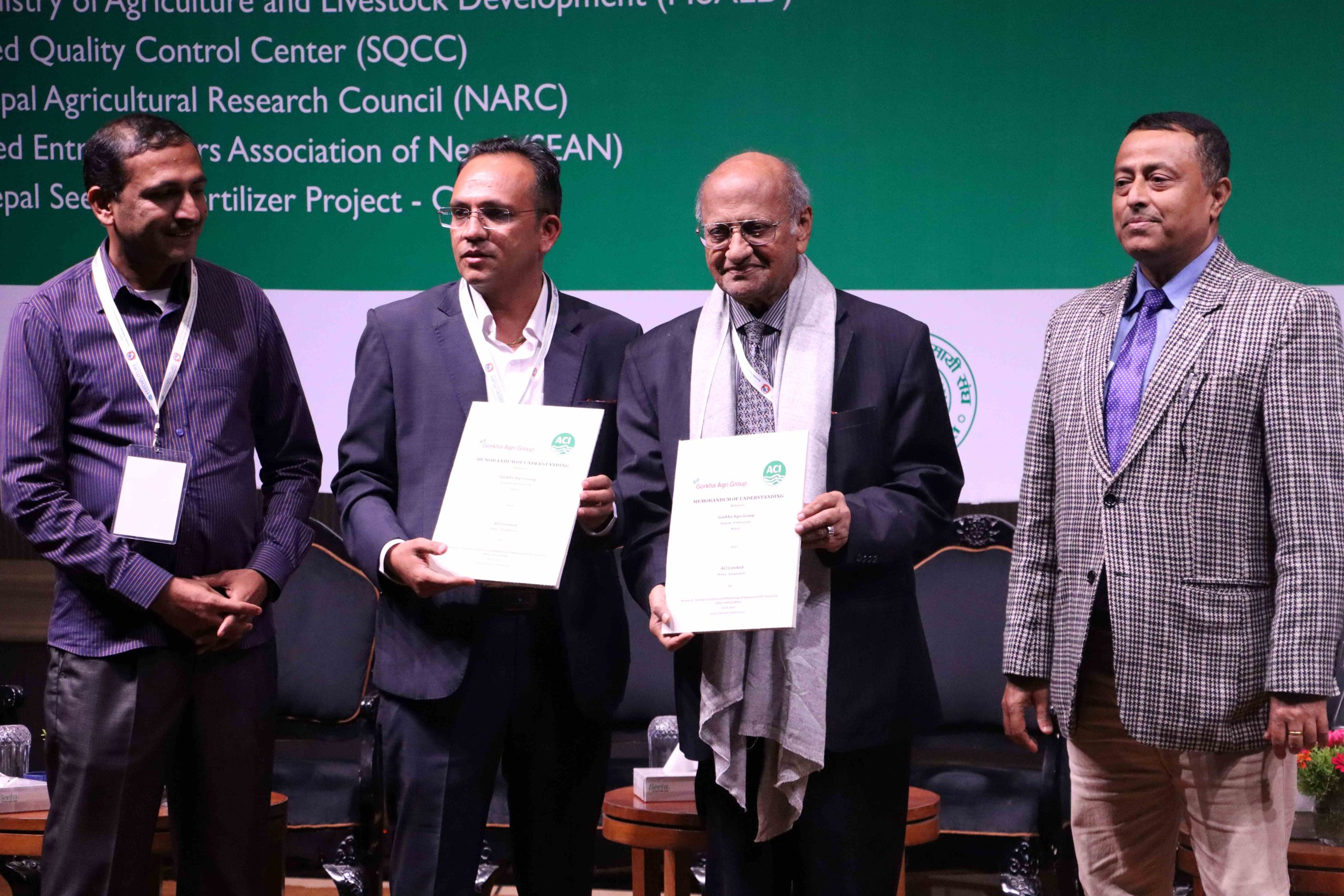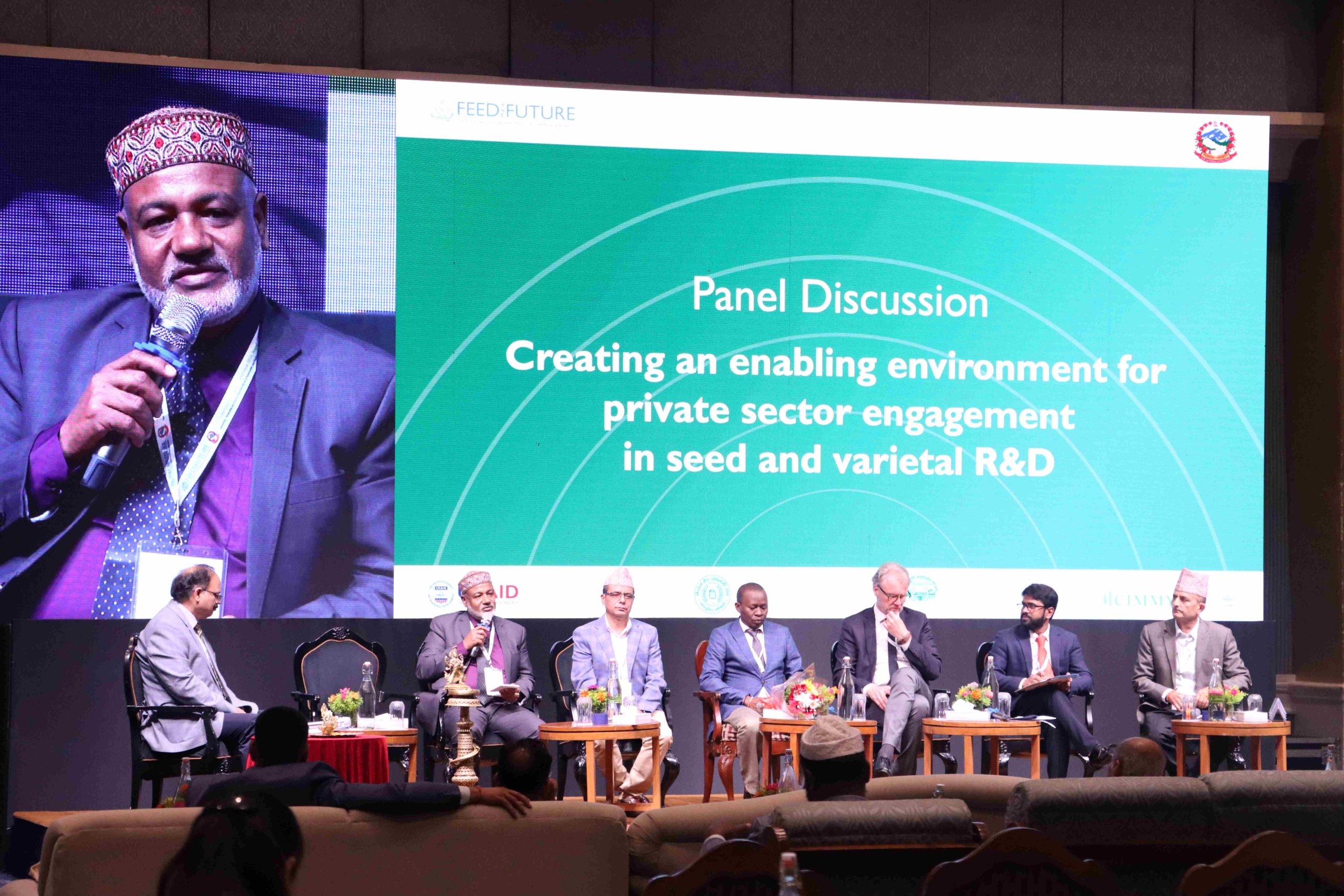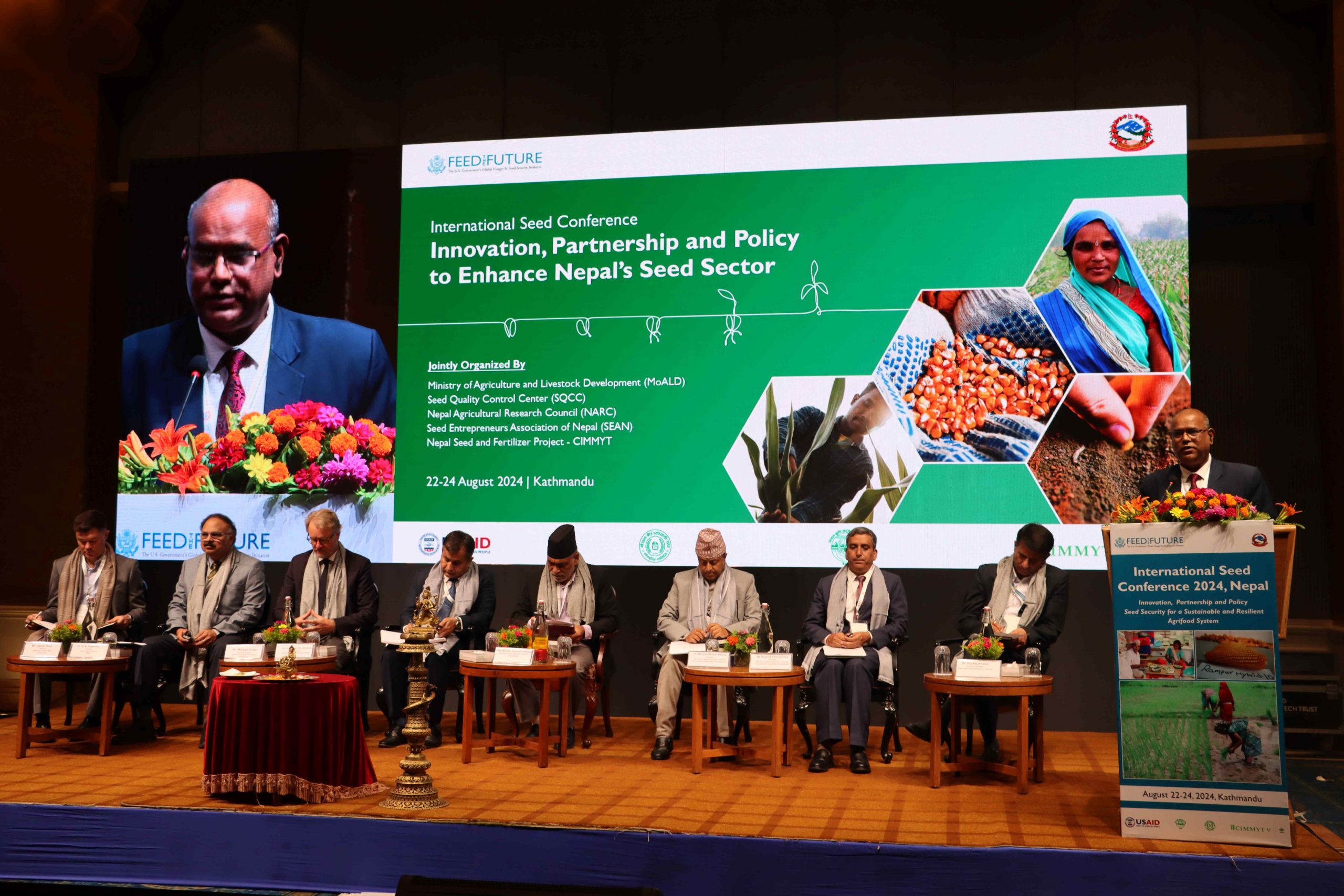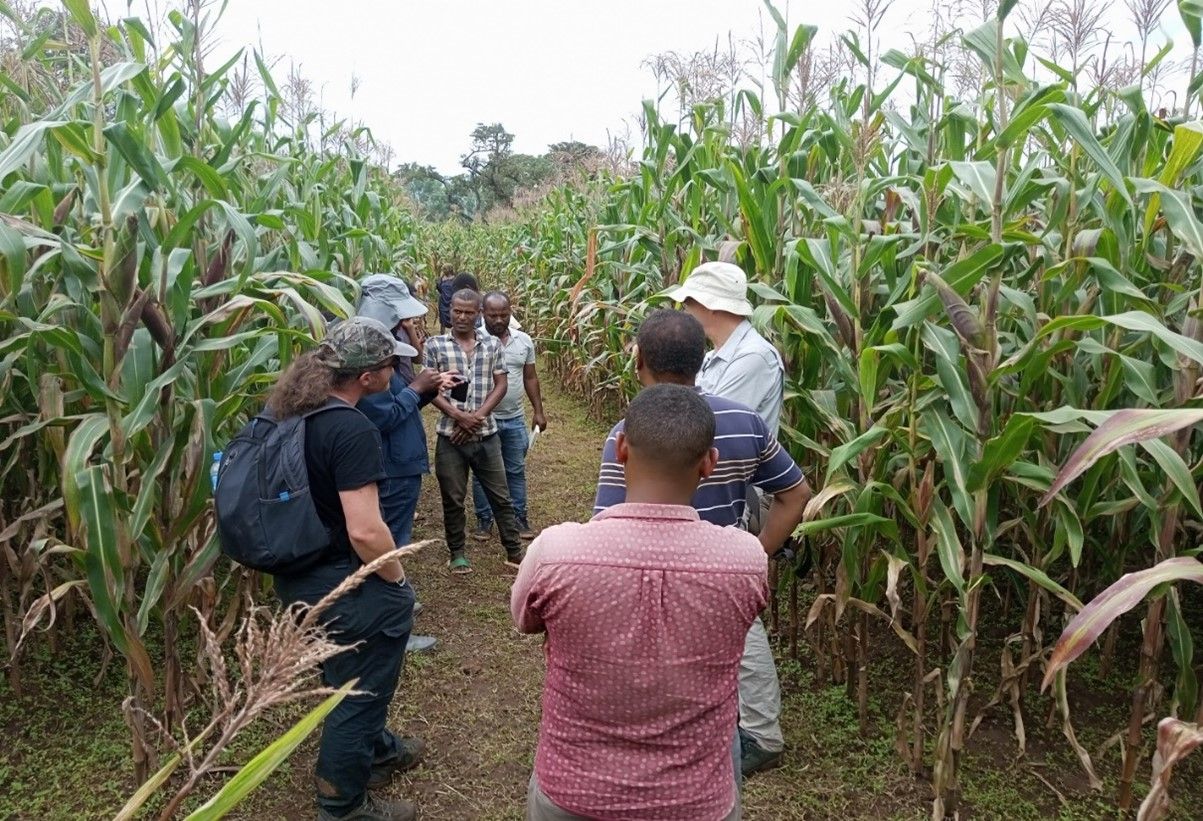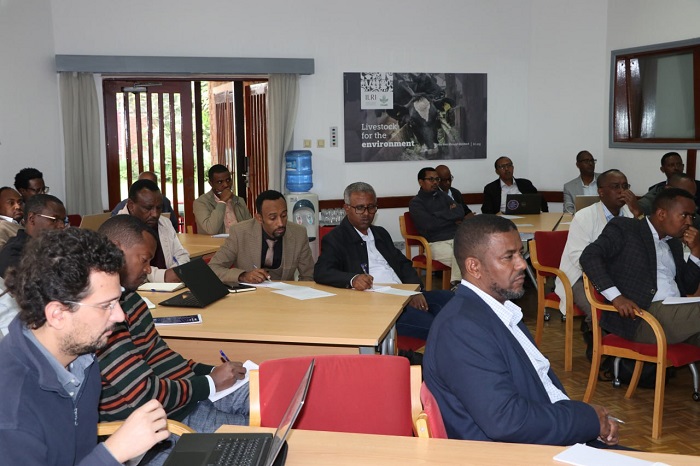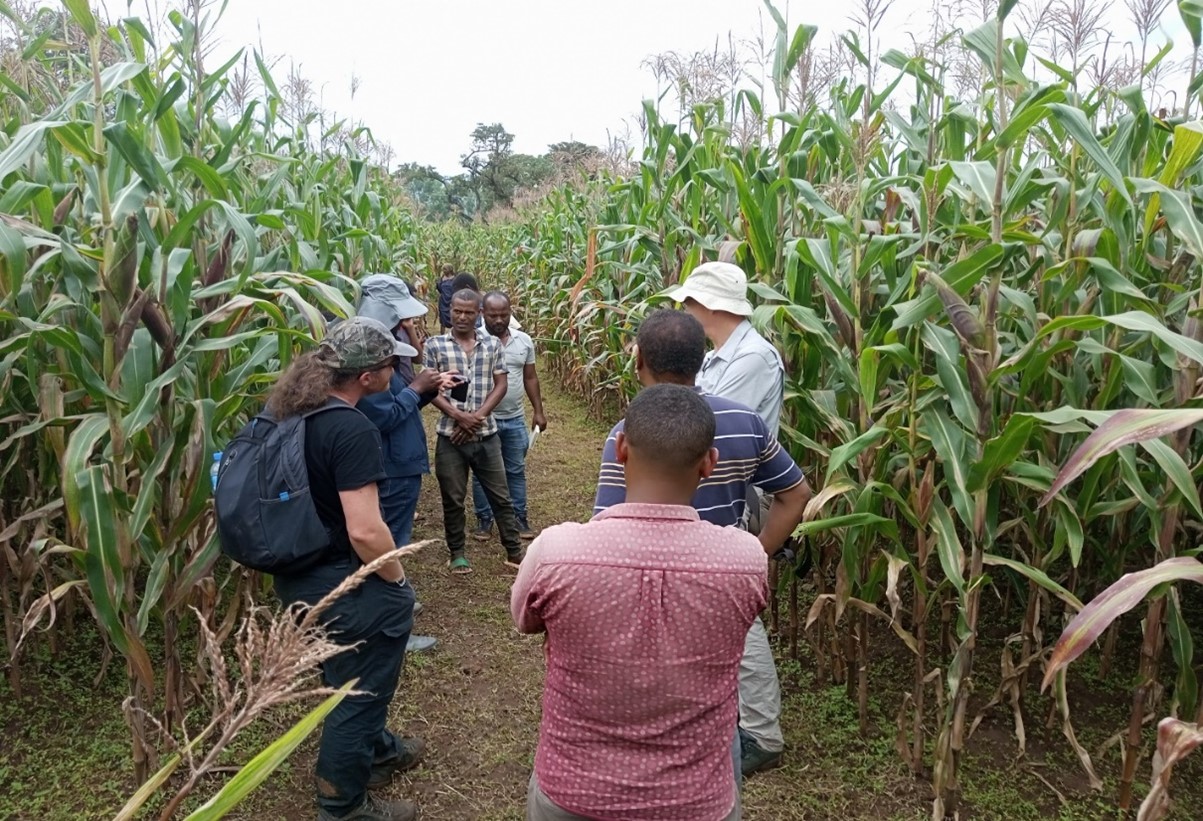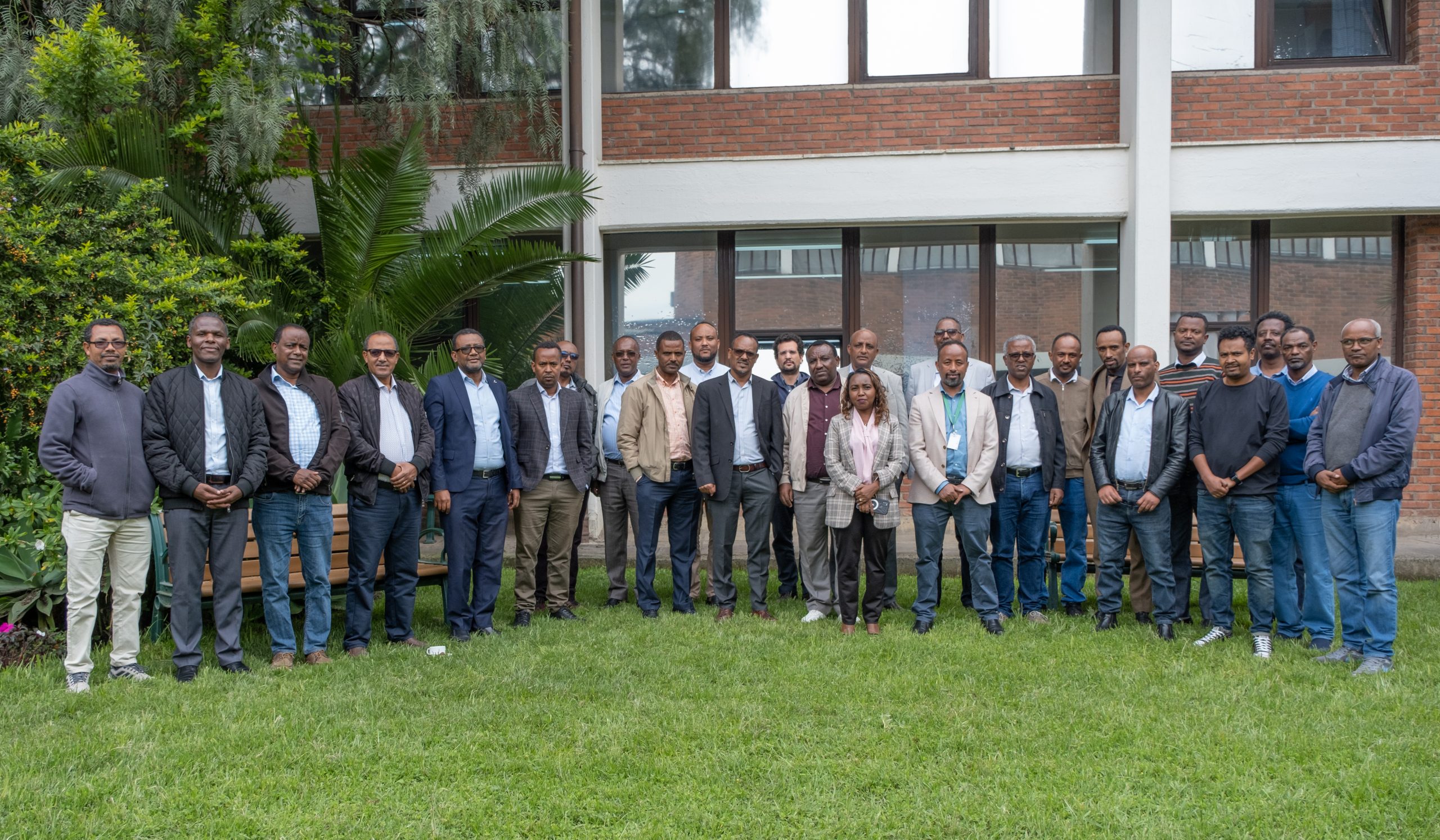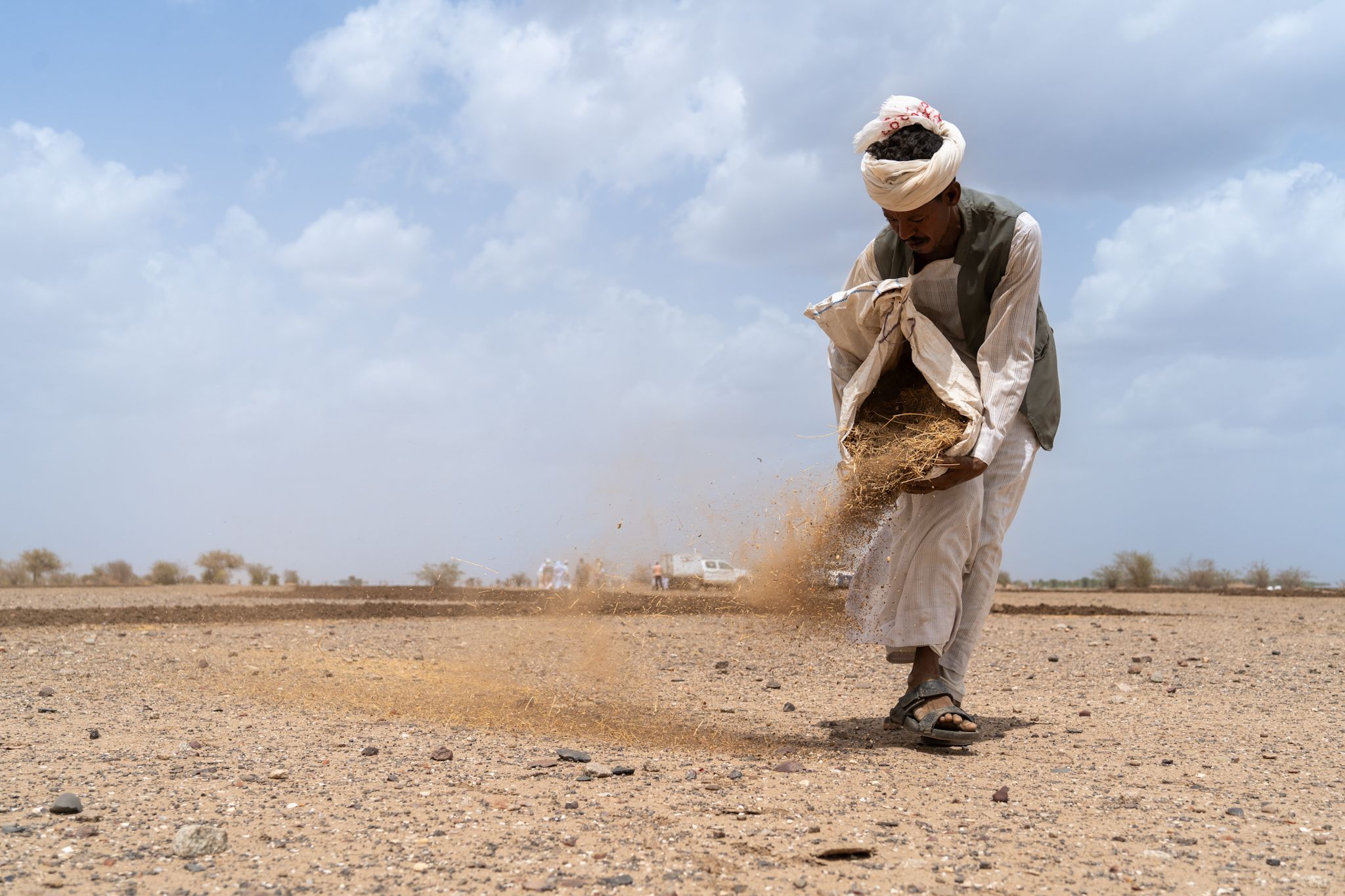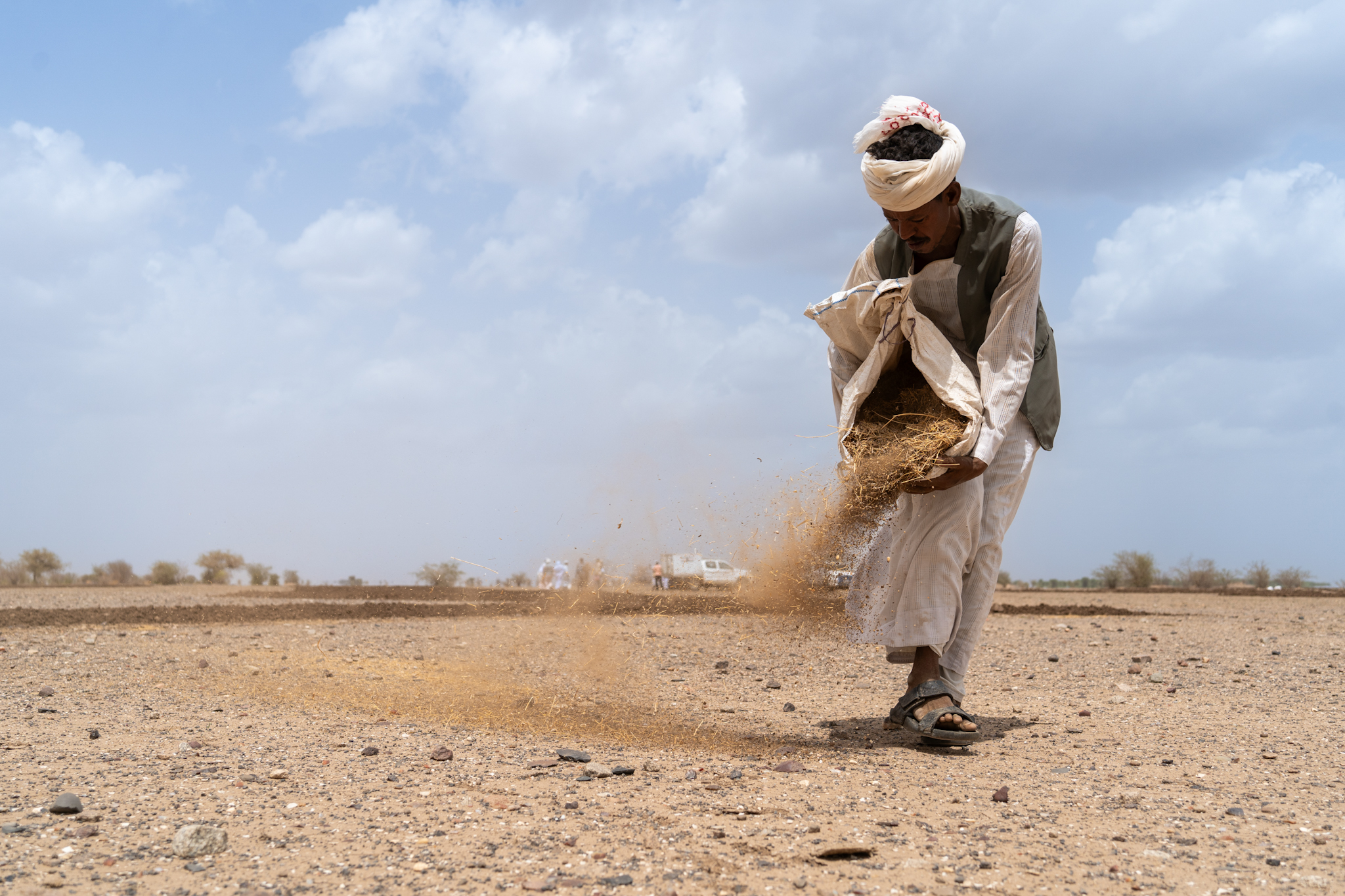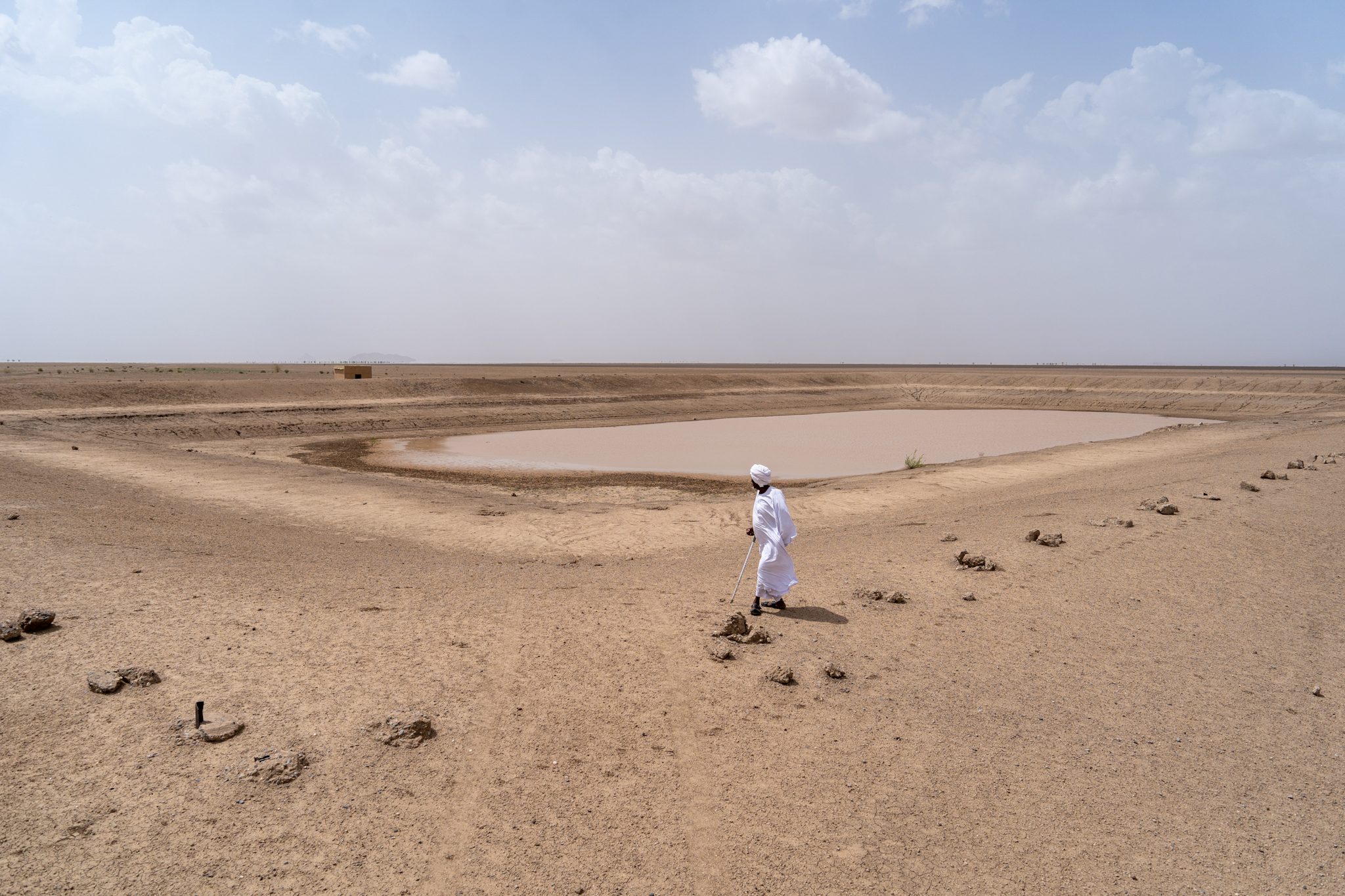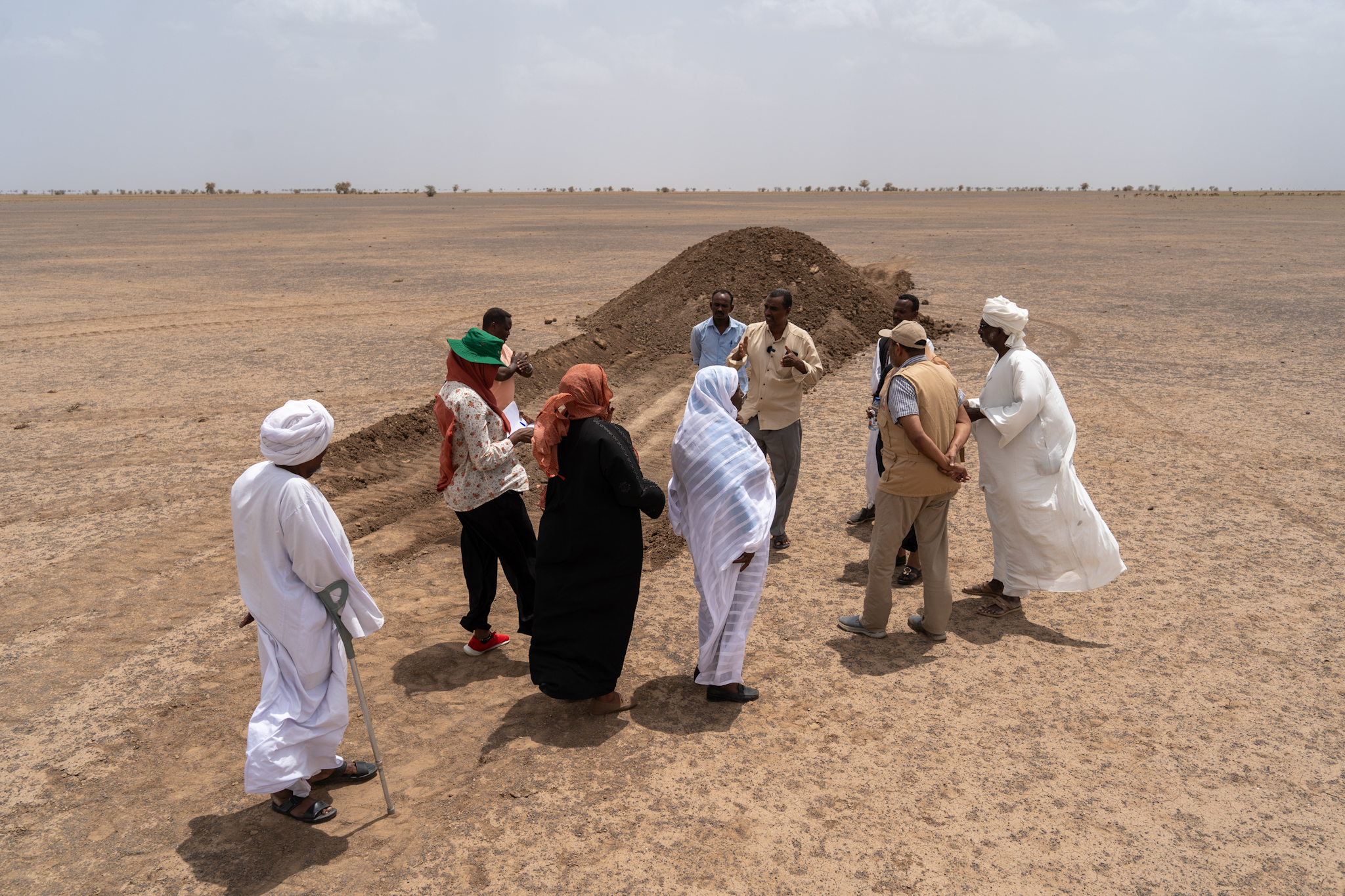Transforming Farming in Uganda: The journey of four farmers and their demonstration plots
On the lush soils of Uganda, four farmers are using awareness creation demonstration plots to showcase the performance of improved varieties of groundnut, sorghum, and finger millet and their impact on transforming transform livelihoods.
Not only are these farmers improving their yields, but they are also inspiring their neighbours to adopt more resilient and climate-smart crops as part of a larger collaboration initiative between the National Semi-Arid Resources Research Institute (NaSARRI) and CIMMYT through the Accelerated Varietal Improvement and Seed Systems in Africa (AVISA) project. The AVISA project, funded by BMGF, aims to improve food security and resilience in the drylands of Uganda and other eight countries in eastern and southern Africa (Ethiopia, Kenya, Tanzania, Malawi, Mozambique, South Sudan, Zambia, and Zimbabwe). The efforts of these four farmers in Uganda highlight the importance of demonstration plots as a powerful tool for creating awareness and promoting transformational agricultural technologies like improved crop varieties and other recommended agronomic practices.
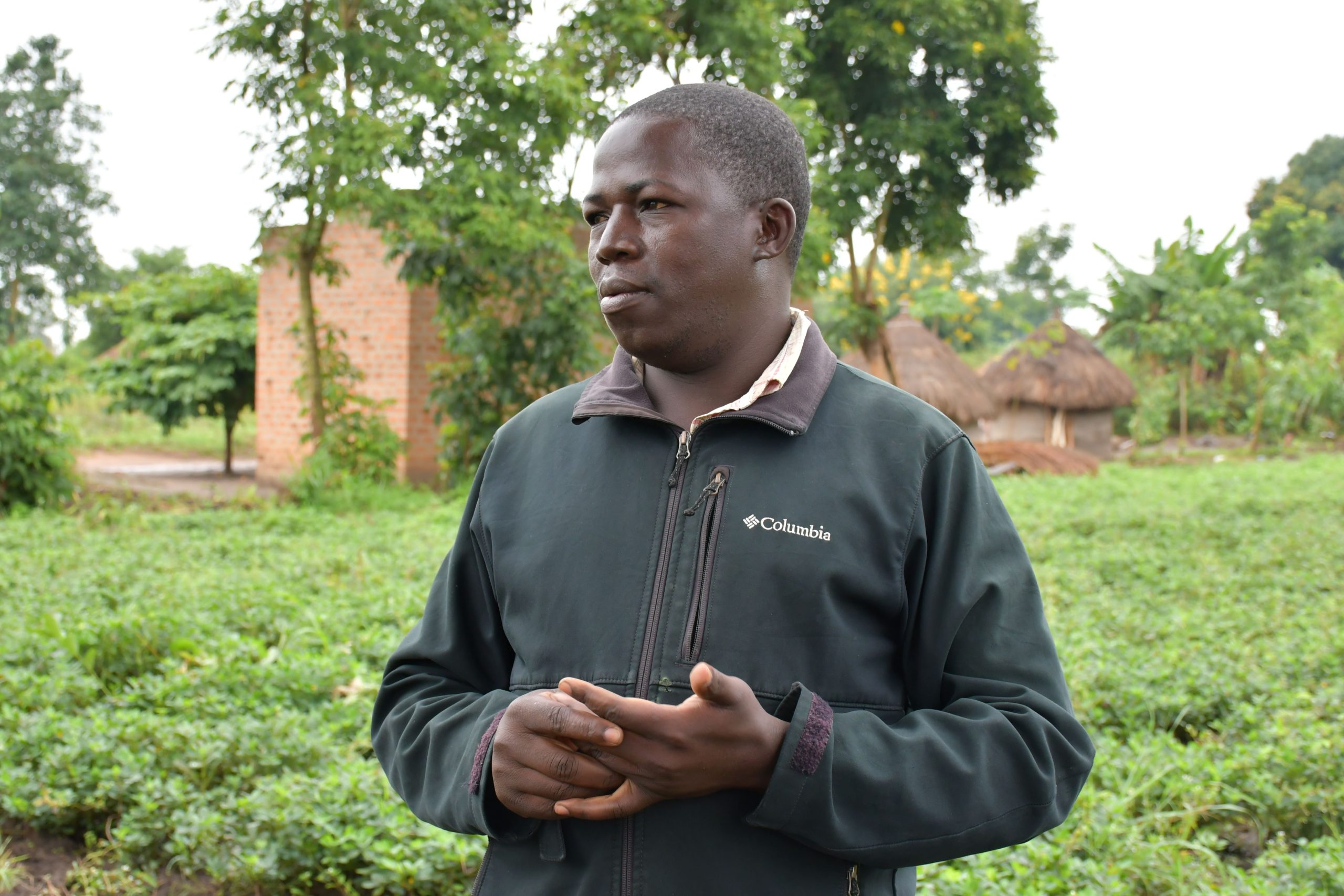
Demonstration plots serve as practical, hands-on learning sites, where farmers can observe the performance of improved crop varieties under farming conditions in their localities. Apart from demonstrating crop performance, these demonstration plots also serve as sources of seed for the farmers, which when selected can be grown in bigger plots in subsequent seasons targeting seed production. This ensures that seed of the target crop varieties are available to local farmers. Through these demonstration plots, farmers not only witness firsthand improved yields, but farmers also make informed decisions for adoption of specific varieties for their environments to improve productivity, food security and resilience, especially in regions vulnerable to climate change. They also provide a platform for knowledge sharing, as farmers can interact with other farmers, researchers and extension agents to enhance uptake of practices that lead to success.
Farmers Driving Variety Adoption through Demonstration Plots
In Lira District, Dennis Obua, a farmer from Teyawo village, has embraced improved varieties of drought-tolerant crops. His journey into farming began in 2018 after observing the challenges faced by local farmers due to inconsistent rainfall. He started small, with a handful of finger millet seed obtained from NaSSARI, which he multiplied and shared with neighbouring farmers. With support from the seed systems unit at NaSSARI, Dennis now manages demonstration plots of groundnut, sorghum, and finger millet and promotes these crops in his community.
In the current season of 2024 (Mar-Jul), Dennis planted three improved groundnut varieties — SERENUT 8R, SERENUT 11 and SERENUT 14, which were released in 2011. In his assessment, his preferred variety is SERENUT 14 as it yields about 14 to 16 bags per acre. The variety is drought tolerant, disease resistant, especially rot and rosette, produces a good yield and also has a good number of pods. Under demonstration are two finger millet varieties, NAROMIL 2 and SEREMI 2 (U15) though he prefers NAROMIL 2 (released in 2017) for its drought tolerance, high yield and red colour of the grain. His success has inspired many local farmers to adopt these improved varieties, with many seeking seeds to grow on their own plots. The seed demand generated from these demonstration plots is communicated by the host farmer to the research institute, which works on making the seed available through local entities. The host farmer keeps records of seed requests and preferred varieties from farmers visiting the demonstrations.
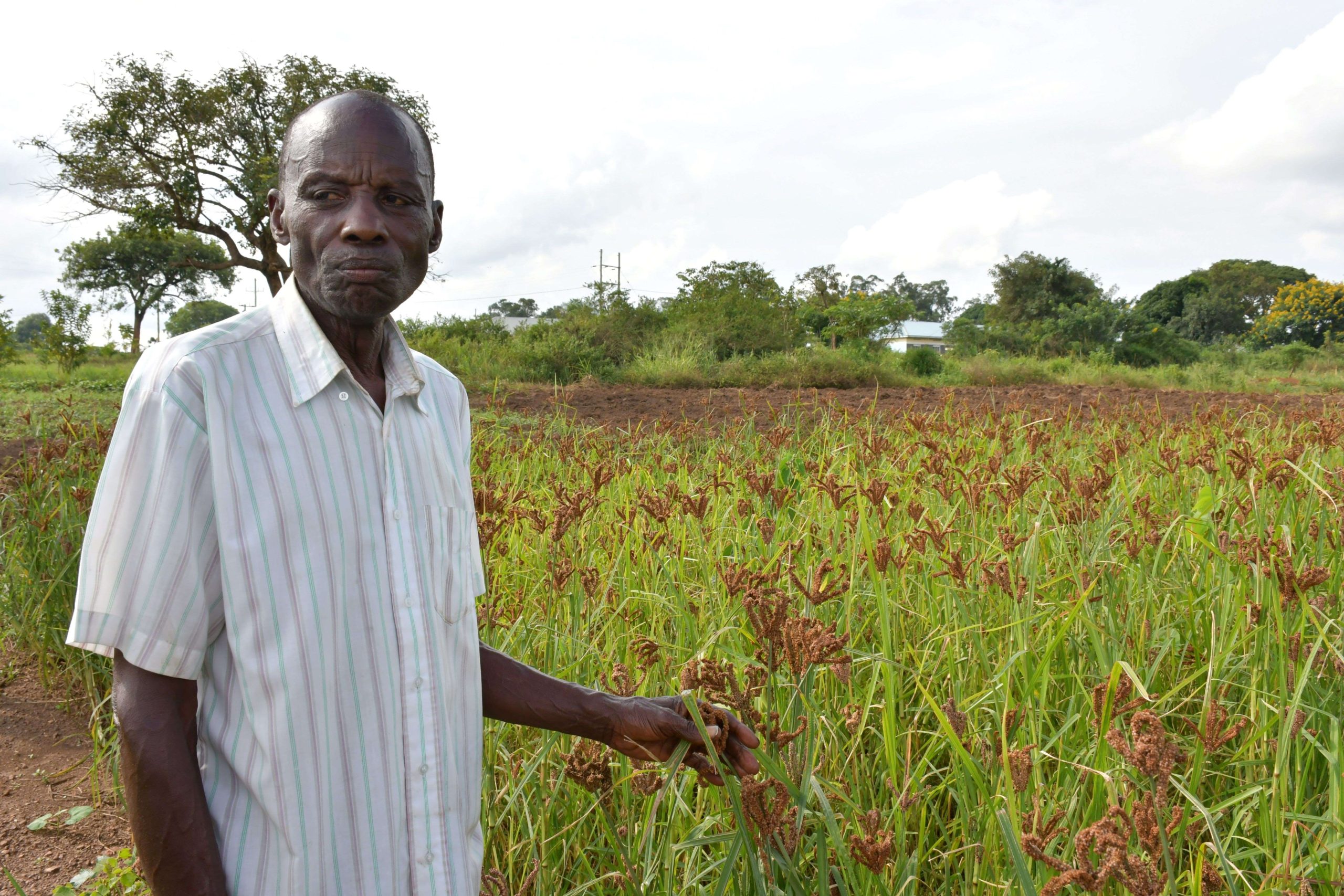
At the Kihola Demonstration Centre, the farm manager, Bagonza Simon oversees demonstration plots that serve as a hub for agricultural learning. Working with NaSARRI, Simon has introduced improved varieties of groundnut (SERENUT 8R, SERENUT 11, and SERENUT 14), sorghum (NAROSORGH 2 and SESO 1), and finger millet (NAROMIL 2 and SEREMI 2). Farmers visit the center to observe these varieties and learn about their benefits. The selection of preferred sorghum varieties by farmers appears to be influenced by the degree of bird damage observed across different types. For example, the white-grained sorghum (SESO 1) suffered significant bird damage, which led farmers to naturally favor the red-grained NAROSORG-2, released in 2017. In addition to being less susceptible to bird damage, NAROSORG-2 also demonstrates drought and striga tolerance, further enhancing its appeal among farmers.
Simon has been particularly impressed by the attributes of the groundnut variety SERENUT 8R, which has performed well despite the challenging weather conditions observed in the season characterized by very erratic rainfall patterns. His demonstration plots have become a beacon of hope and innovation, inspiring local farmers to adopt drought-tolerant crop varieties. Farmer to farmer seed exchanges are common in this locality due to seed shortages and he therefore plans to share seed from his plots to interested farmers and is working with NaSARRI to expand seed availability across the region.
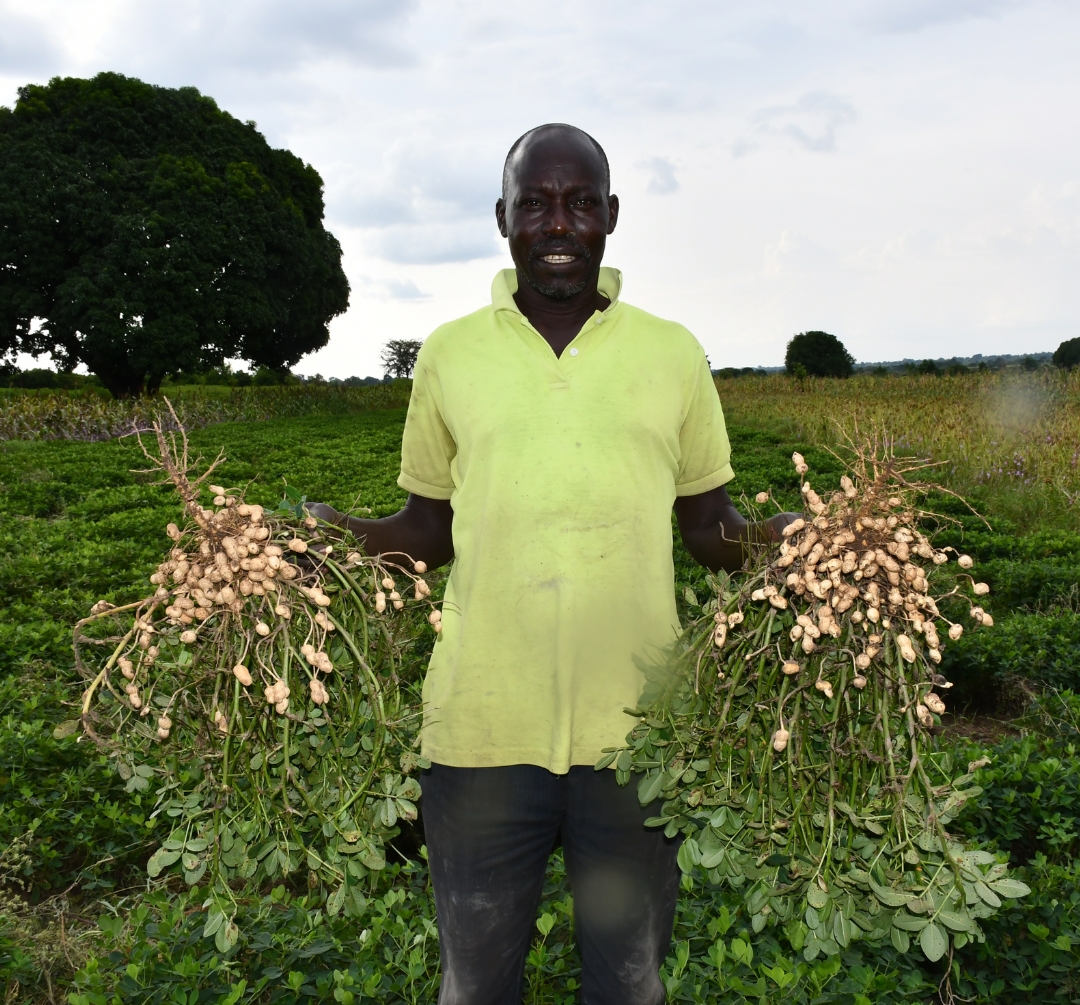
In Bukedea District, farmers Steven Odel from Kaloka village and Nelson Ekurutu from Kasoka village are also leading the way with their demonstration plots. Both are testing drought-tolerant varieties of sorghum, finger millet, and groundnut. While Steven encountered challenges with his sorghum crop due to midge attacks, he has had great success with NAROSORG-2, which he describes as having better germination and faster maturity, and therefore enabling the plants to escape midge attack.
Steven is also growing red finger millet variety SEREMI2, which is very popular for its early maturity and high market demand for making porridge and local beer. He regularly hosts farmers on his plots, sharing his knowledge and experience.
Nelson Ekurutu is trialling three new groundnut varieties—SERENUT 8, SERENUT 11, and SERENUT 14—and is optimistic about their performance. His experience with finger millet, particularly the red variety- SEREMI2, has been positive, noting its fast growth and high demand in local markets. Nelson also grows red sorghum (NAROSORG 2), which he prefers for its resistance to bird damage. These demonstration plots provide a platform for Steven and Nelson to test new varieties in their local context, helping them and others understand what works best in their locality.
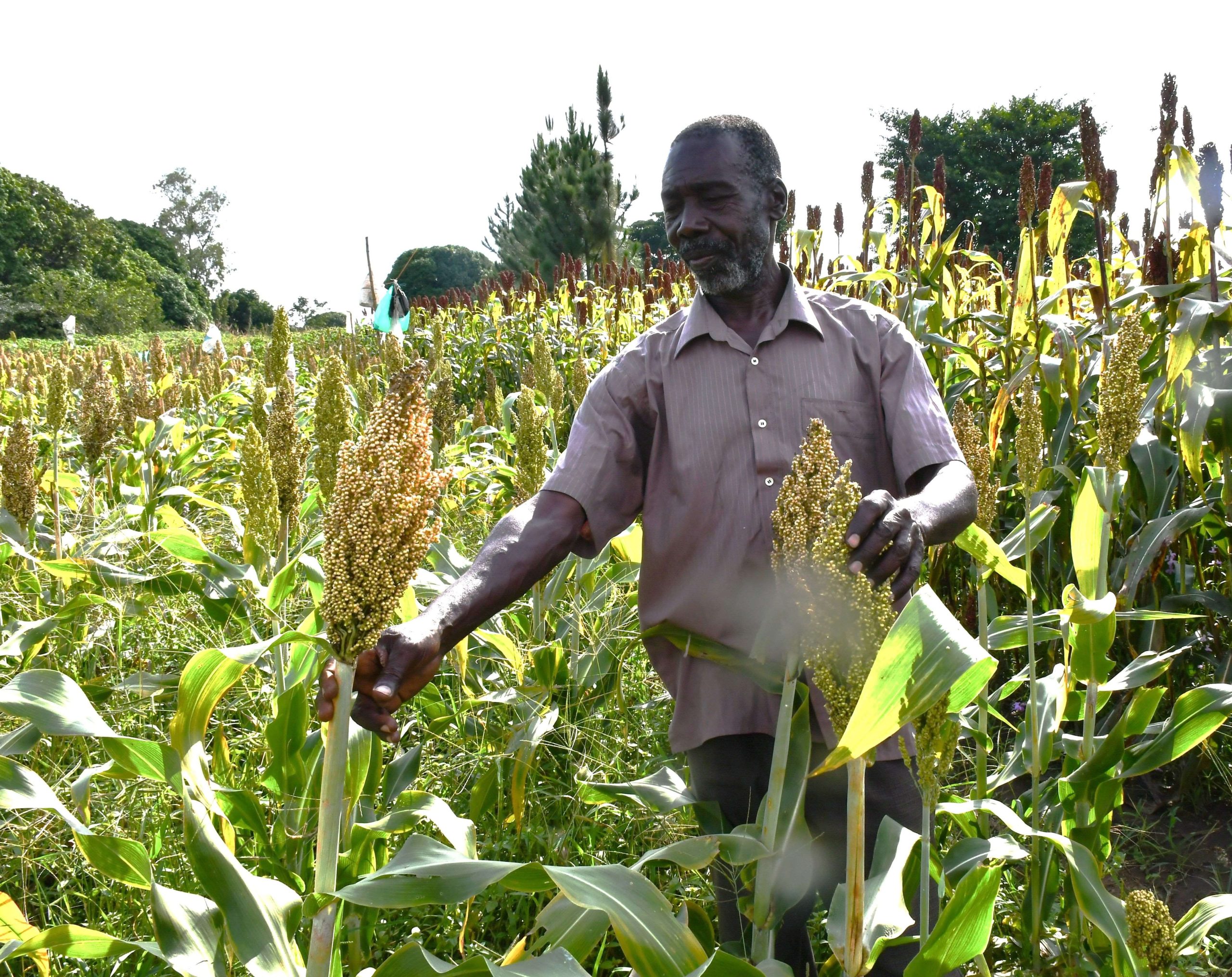
Increasing awareness and seed availability
Utilizing these demonstrations to bring new varieties closer to farmers can further accelerate seed uptake and demand. Farmer-managed demonstrations in their own environments ensure that variety selections align with local preferences and adaptability. Farmers who consistently host these demonstrations build trust in the varieties within their communities, while also creating opportunities for local seed businesses to explore. Strengthening the linkages between research institutions, farmers, and seed producers is crucial for ensuring the rapid adoption of new and improved varieties. Additionally, the distribution of small seed packs at scale is essential to enable more farmers to test these varieties on their own farms, ensuring wider adoption and transforming livelihoods in these communities.
